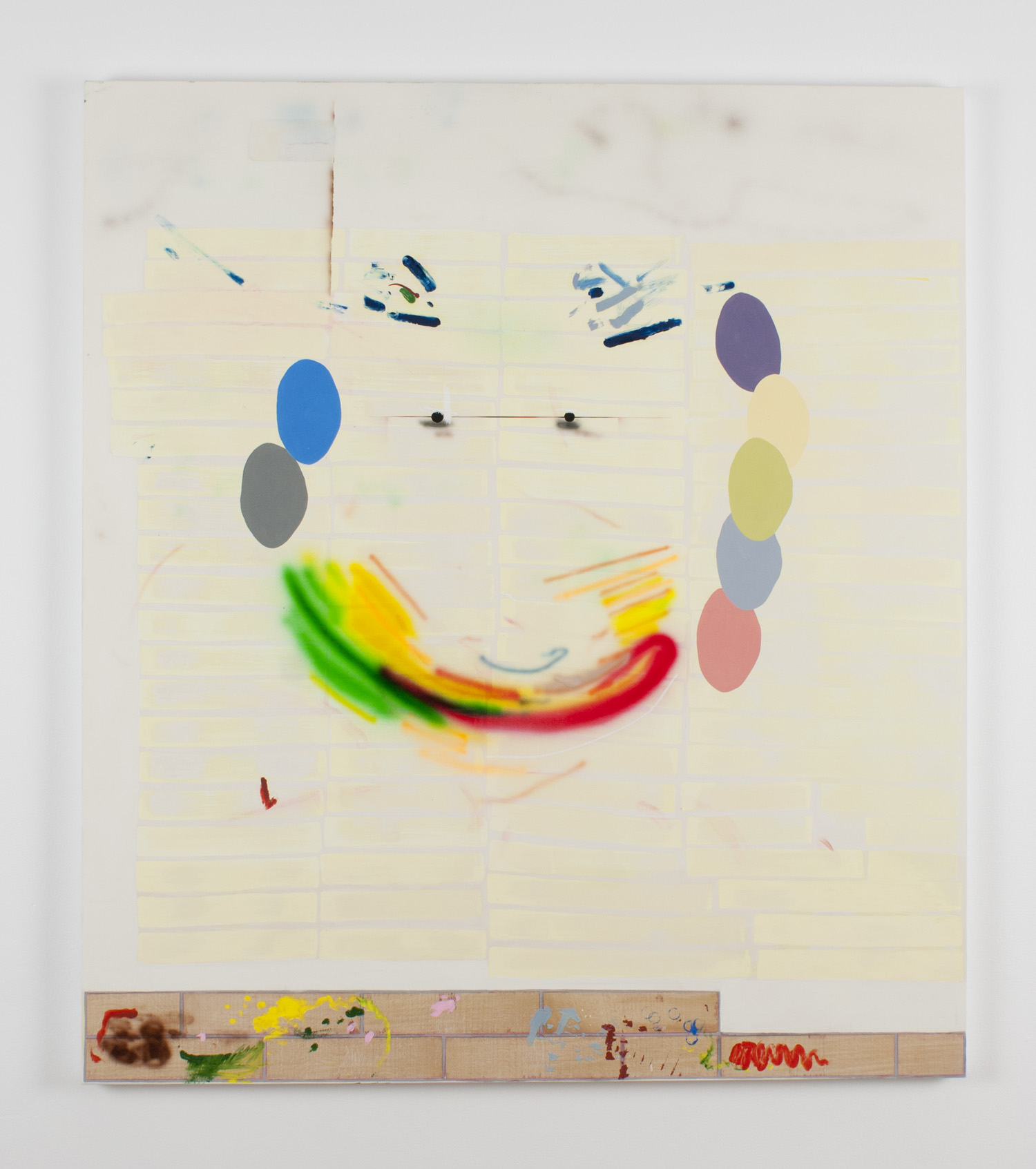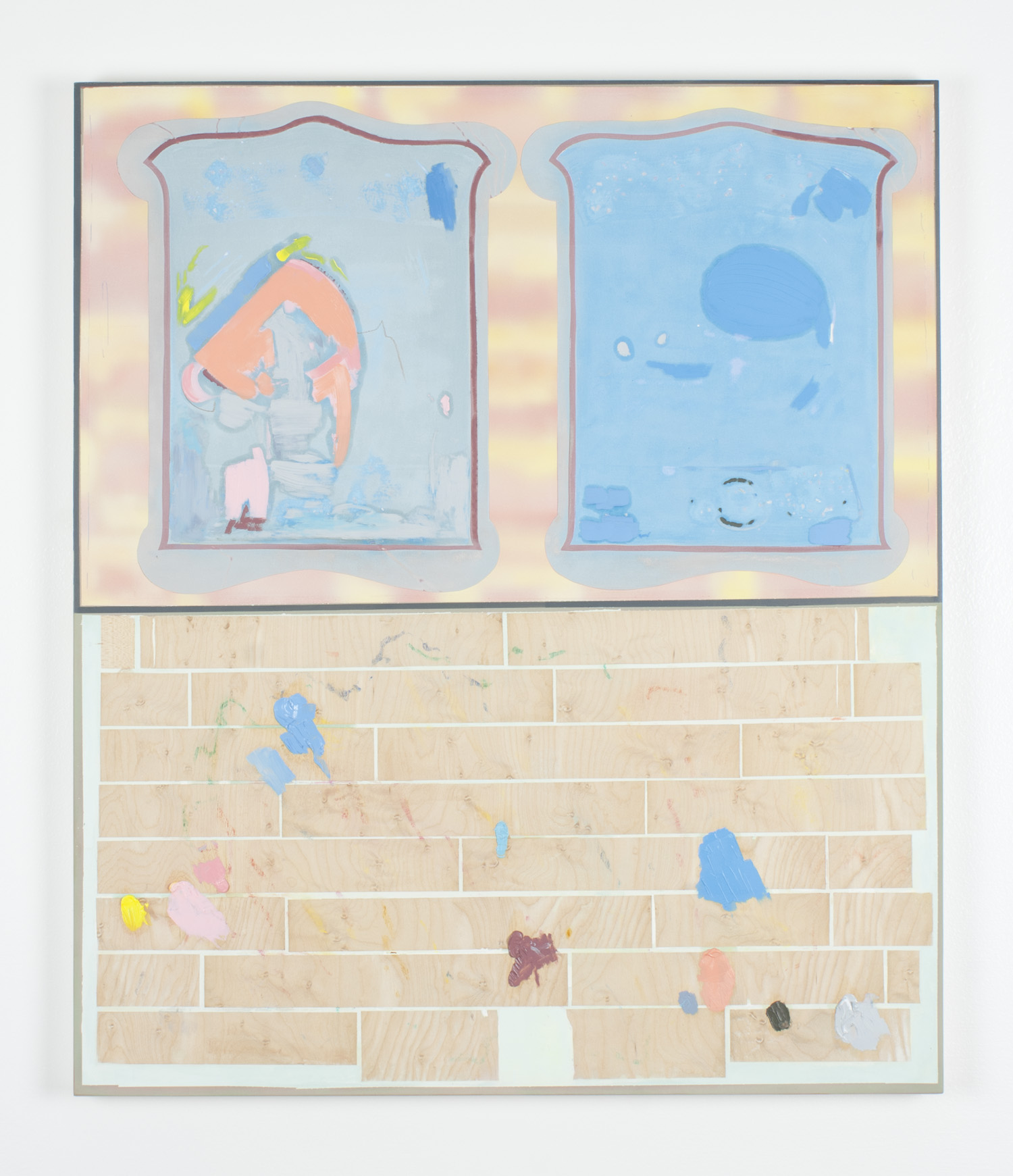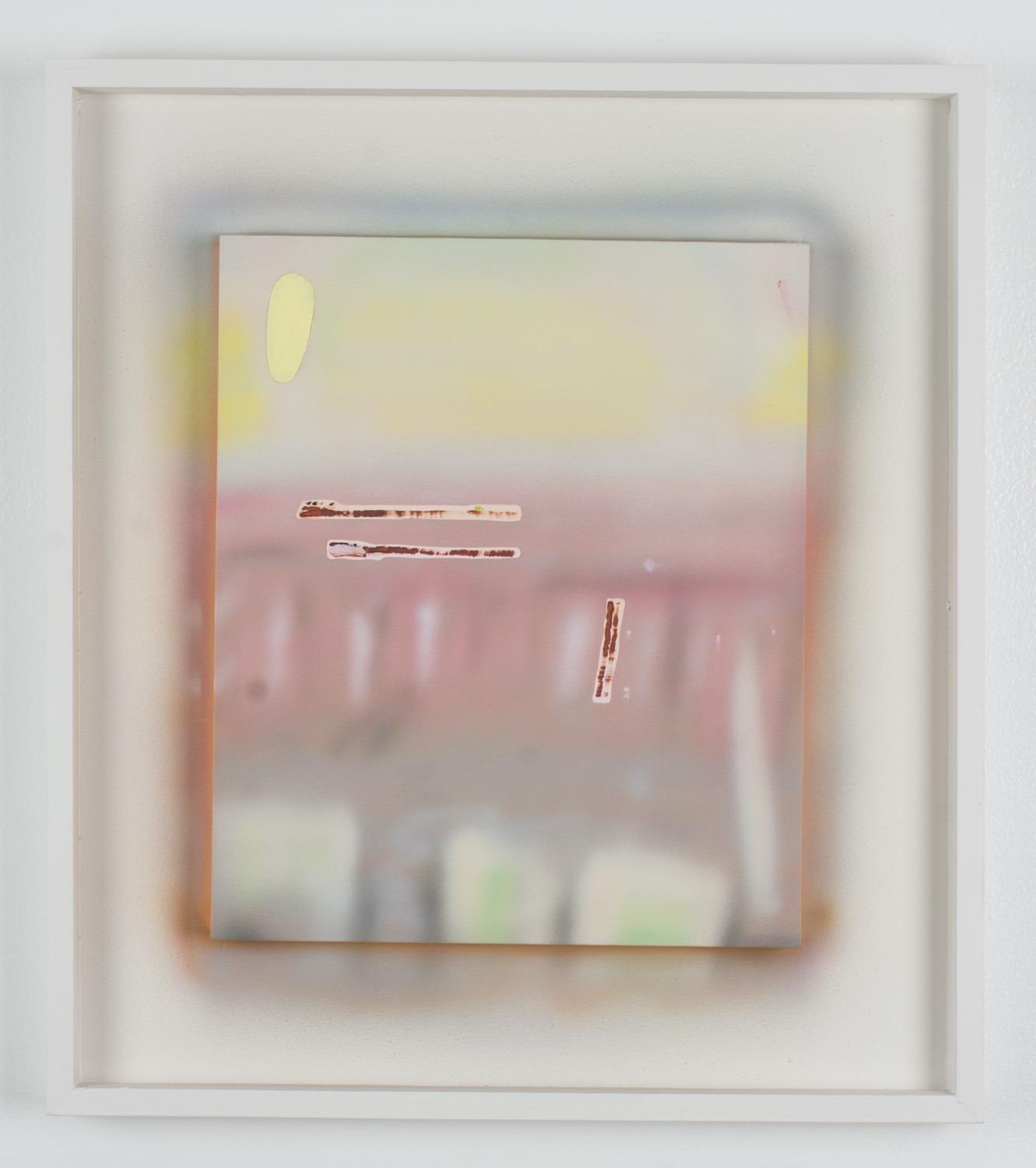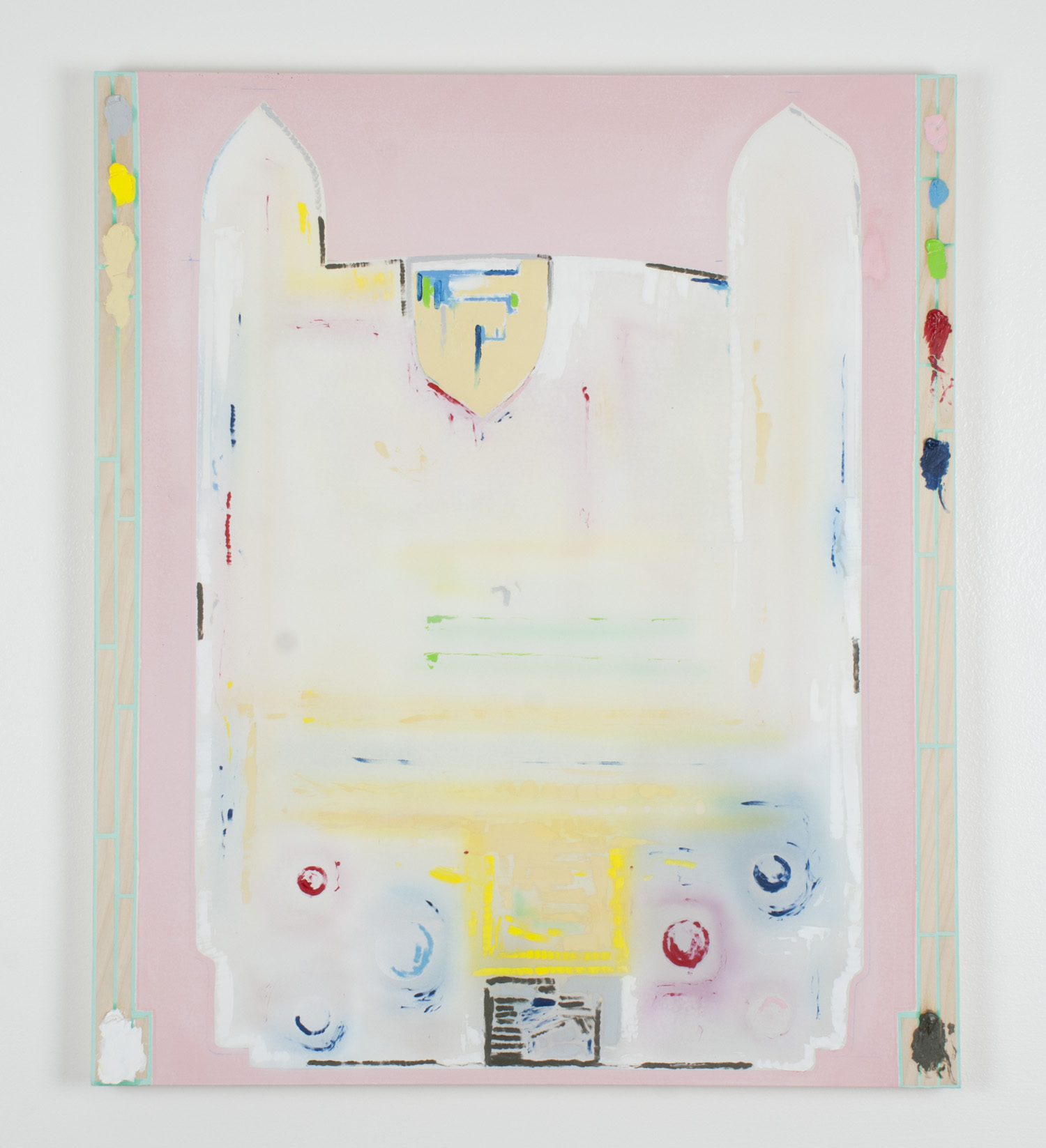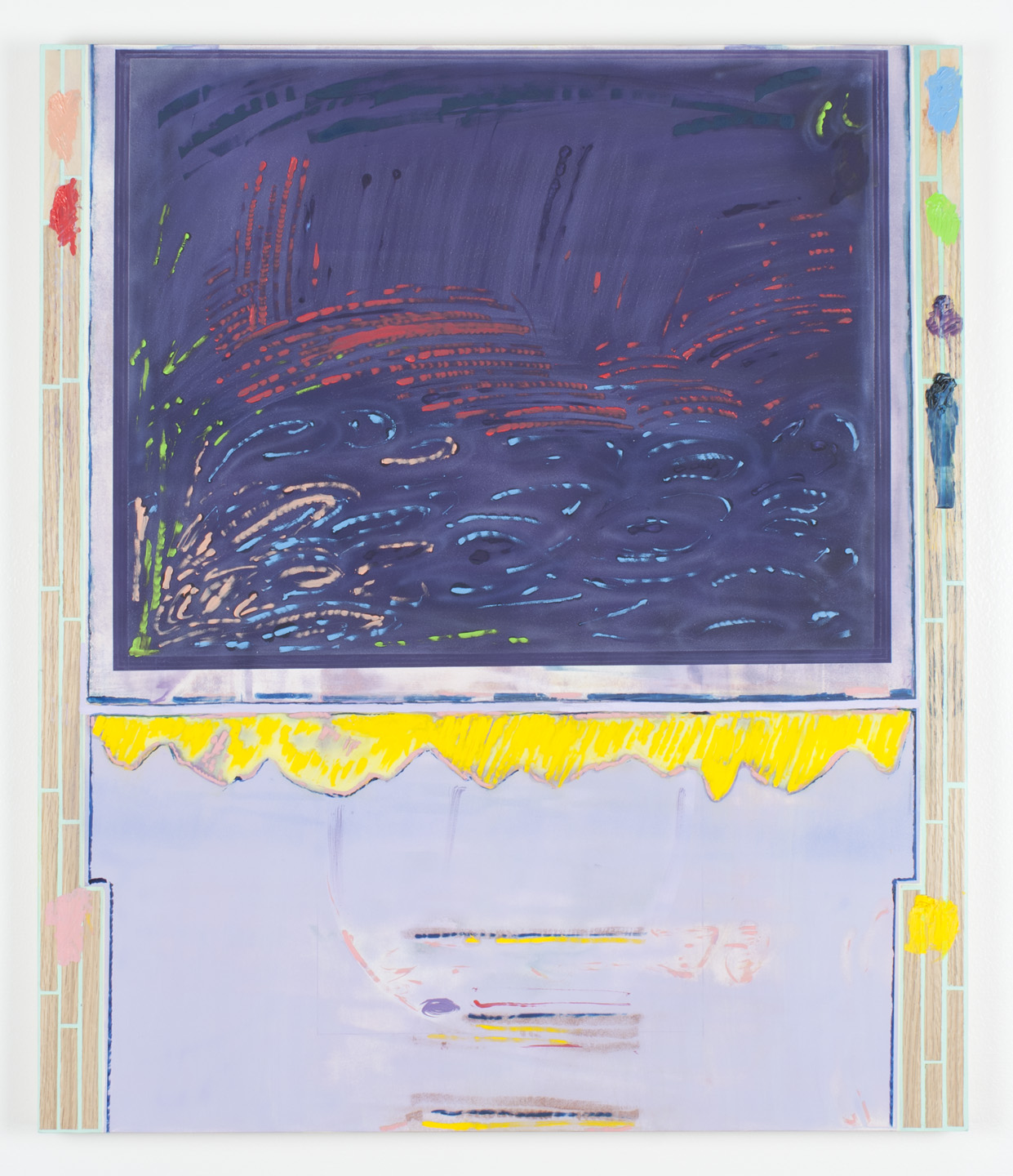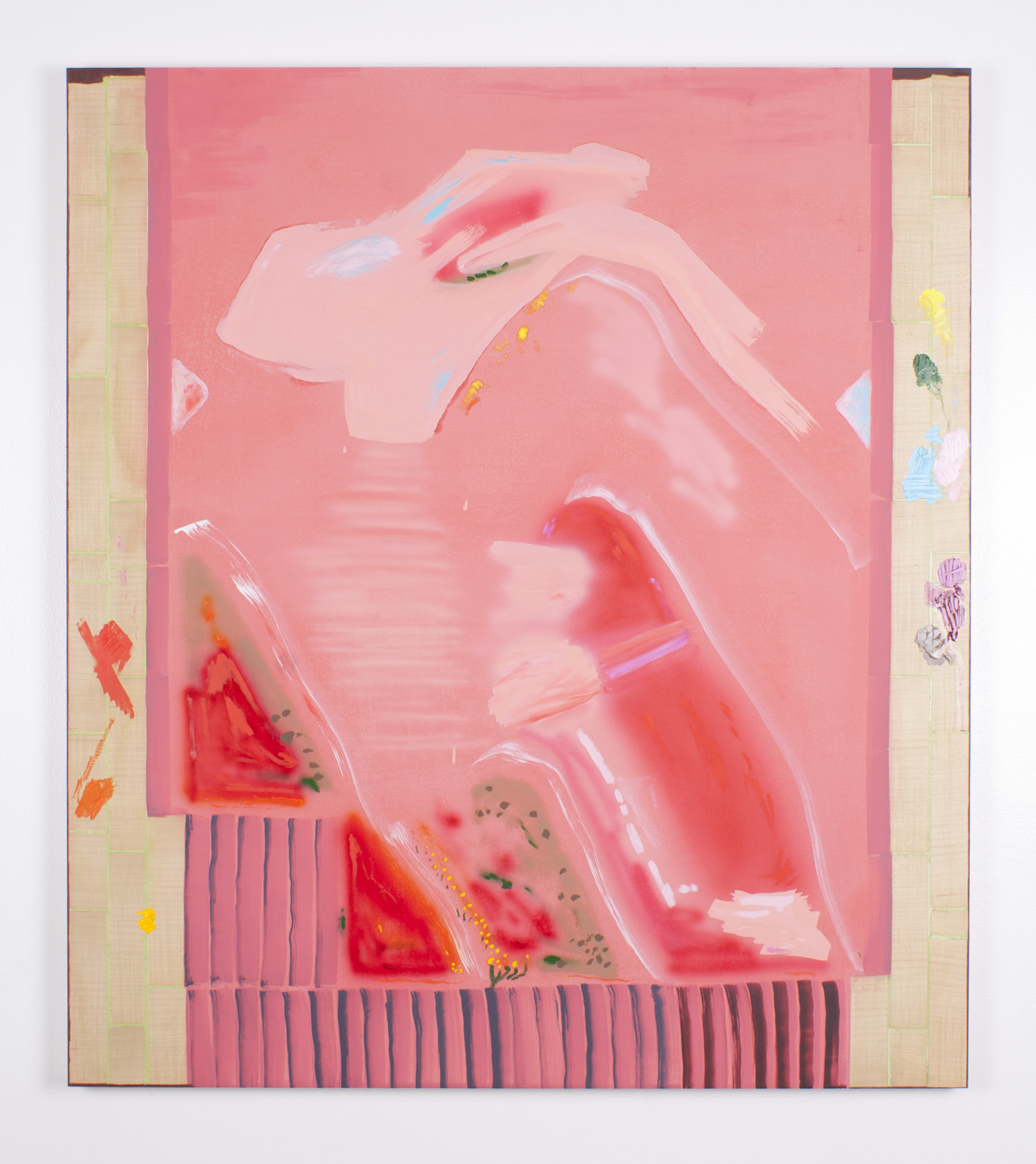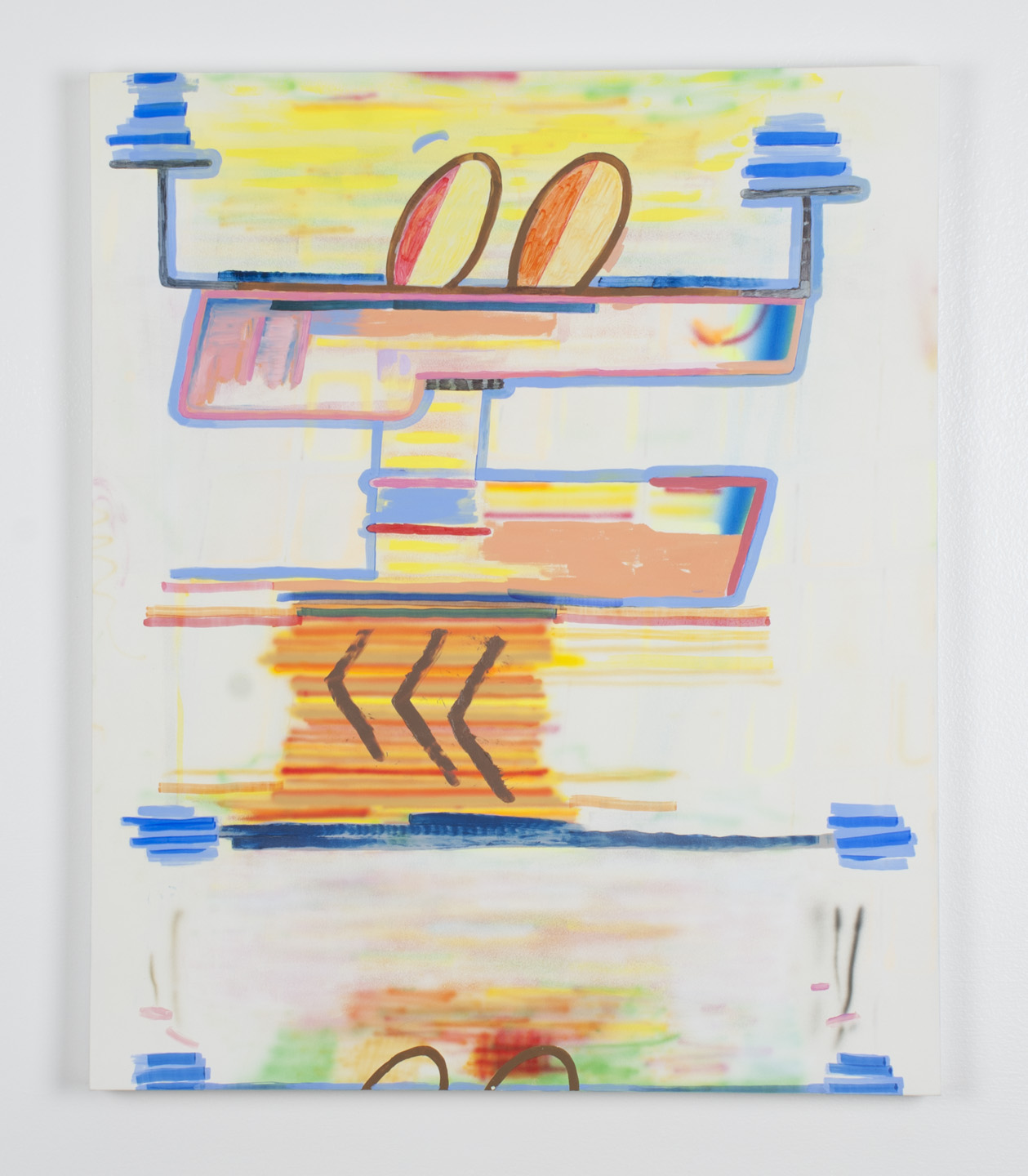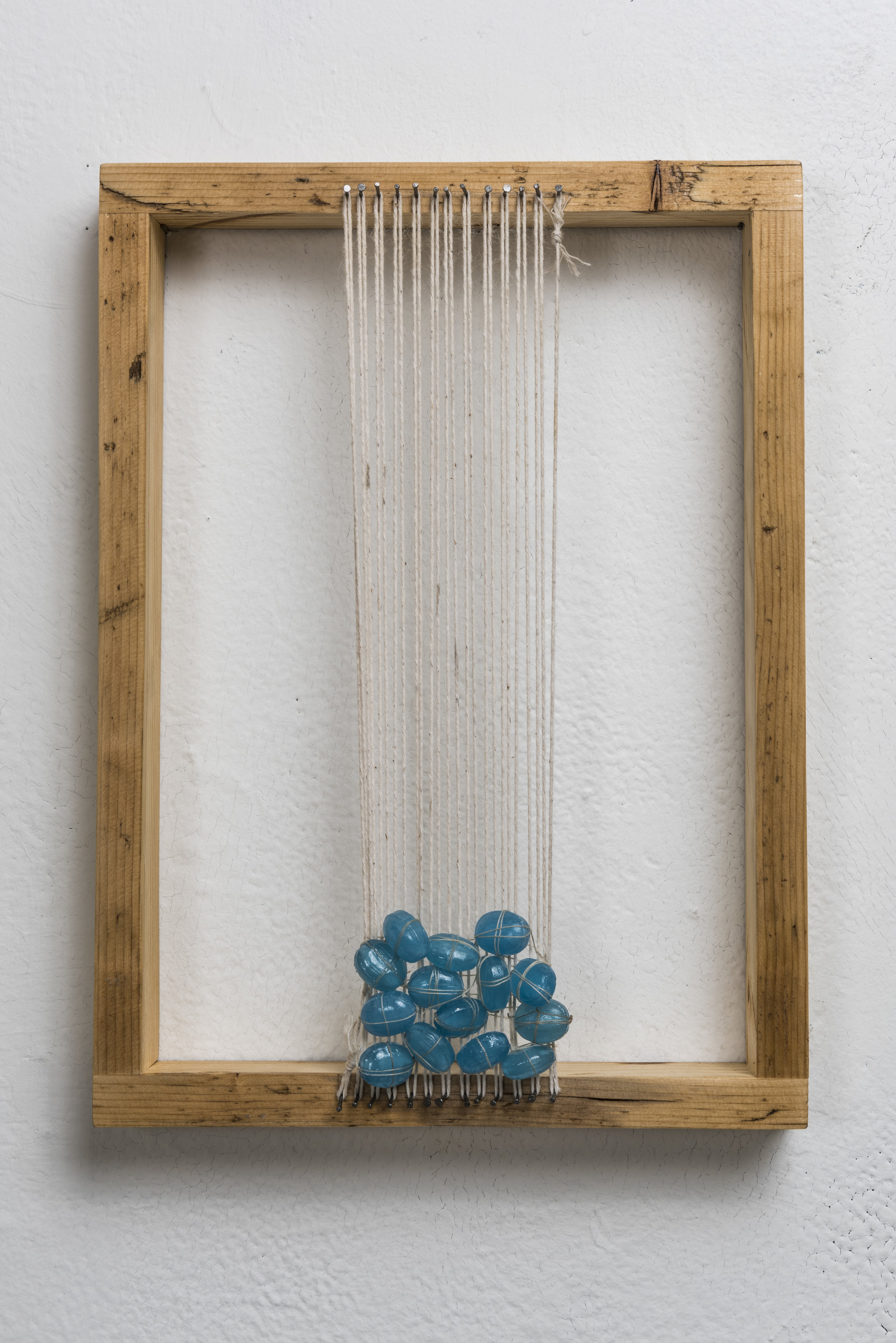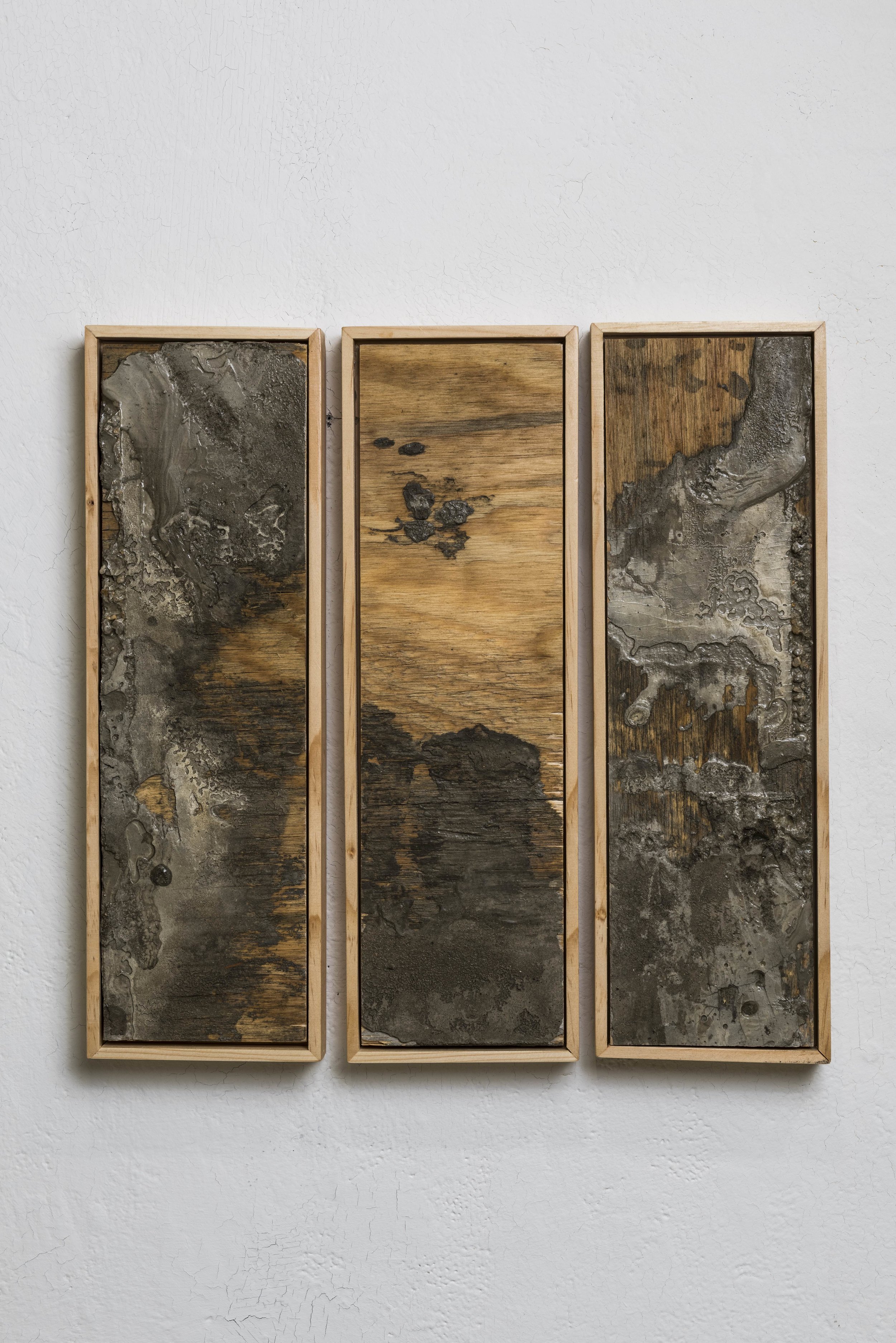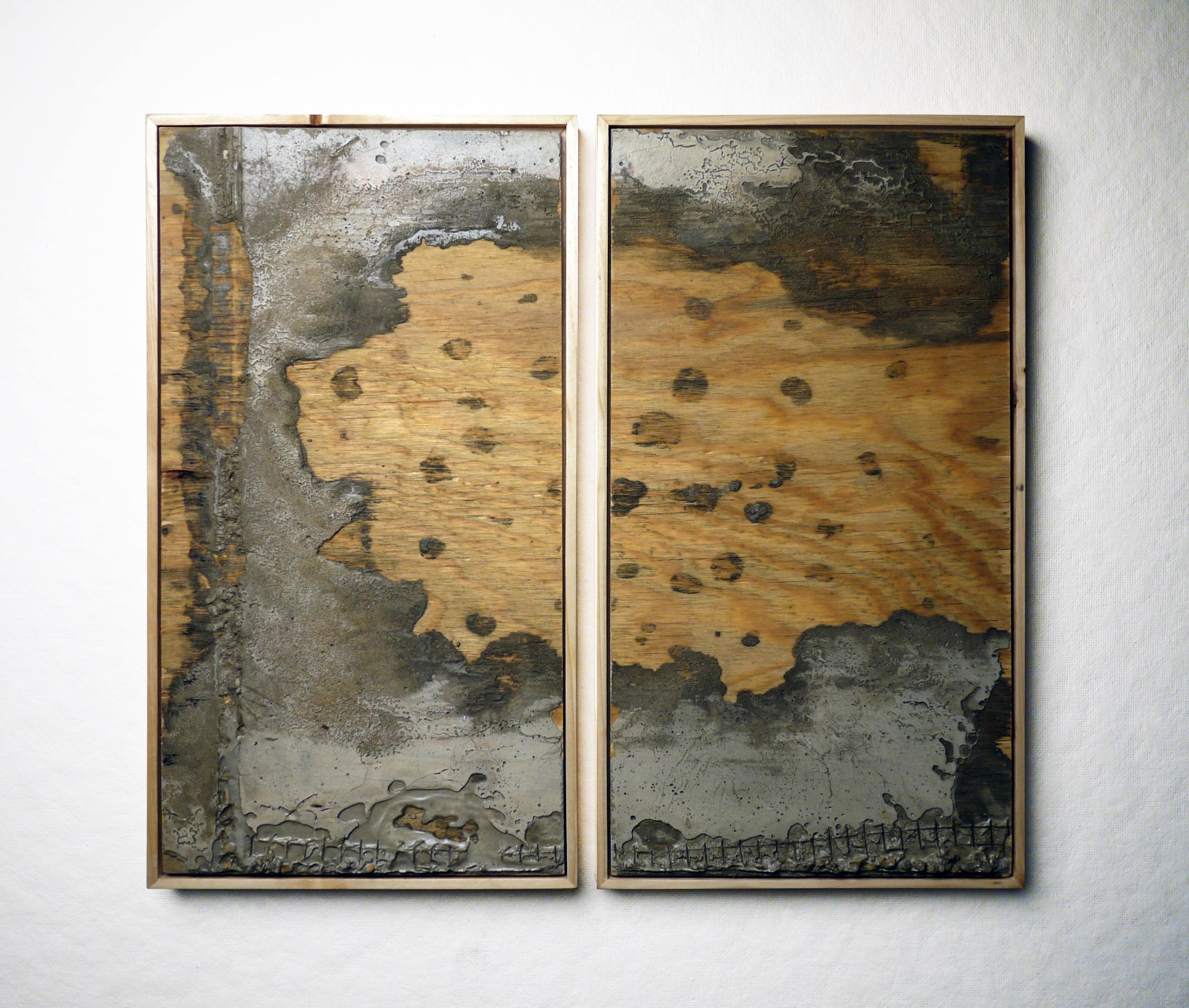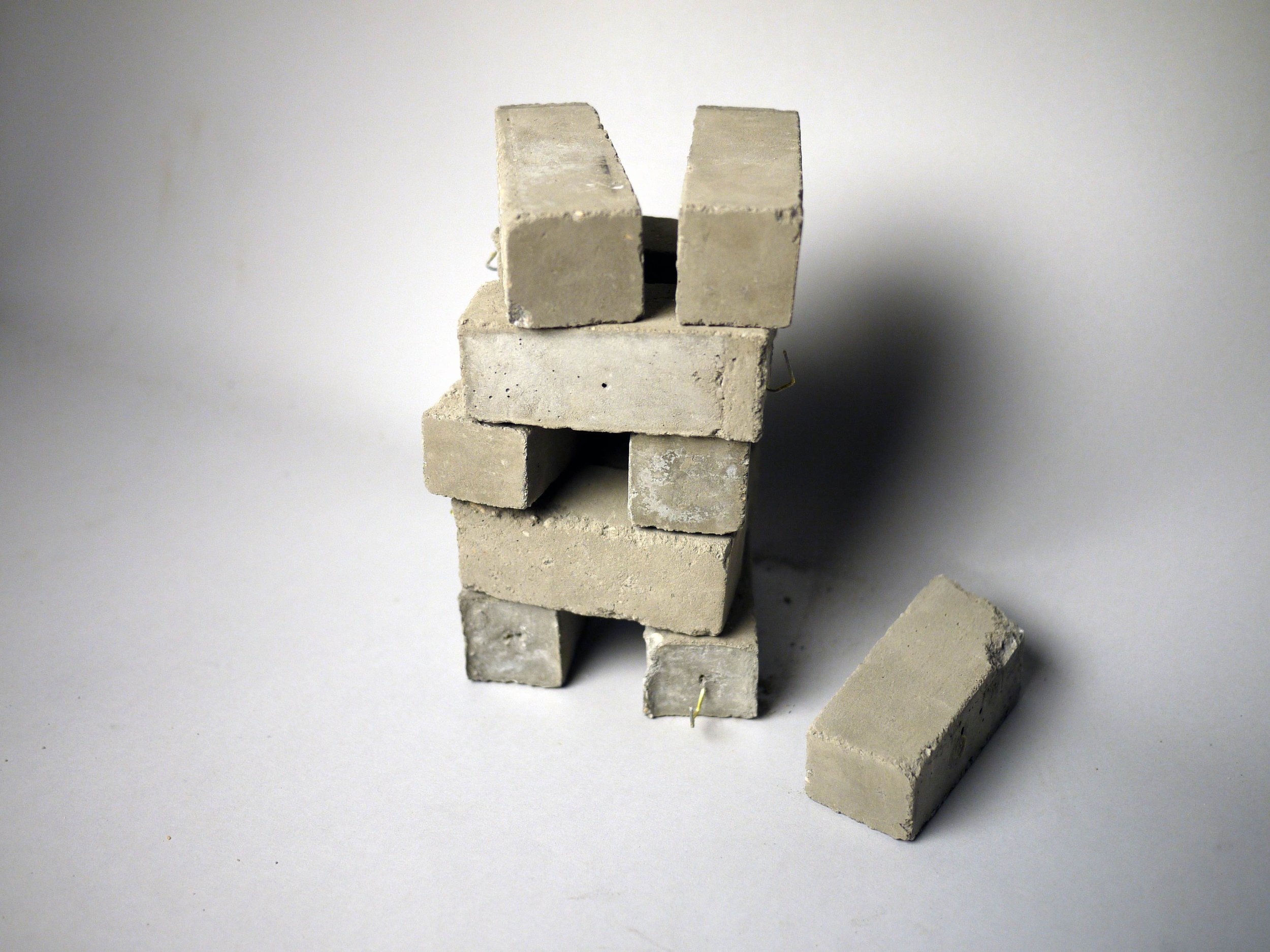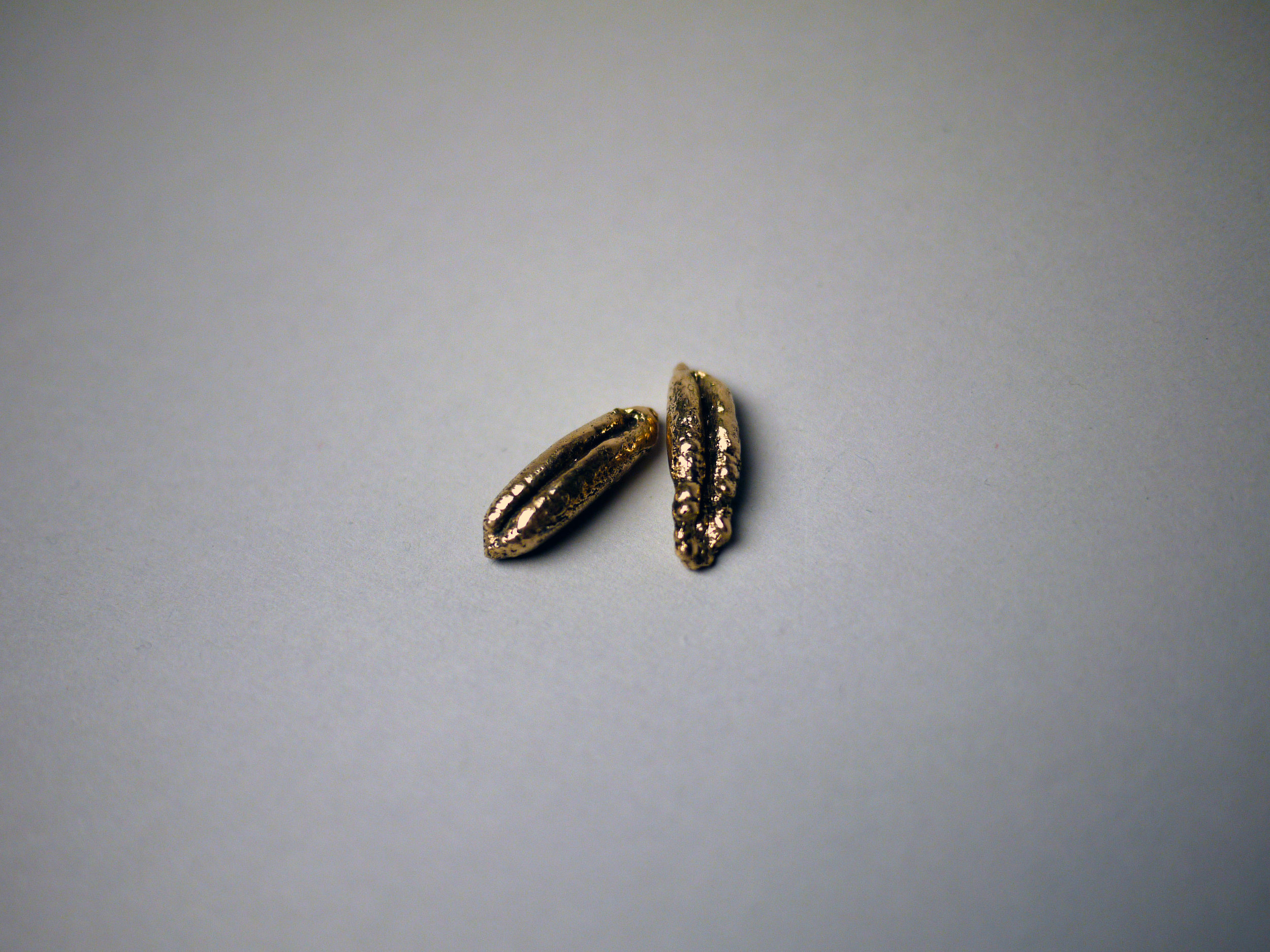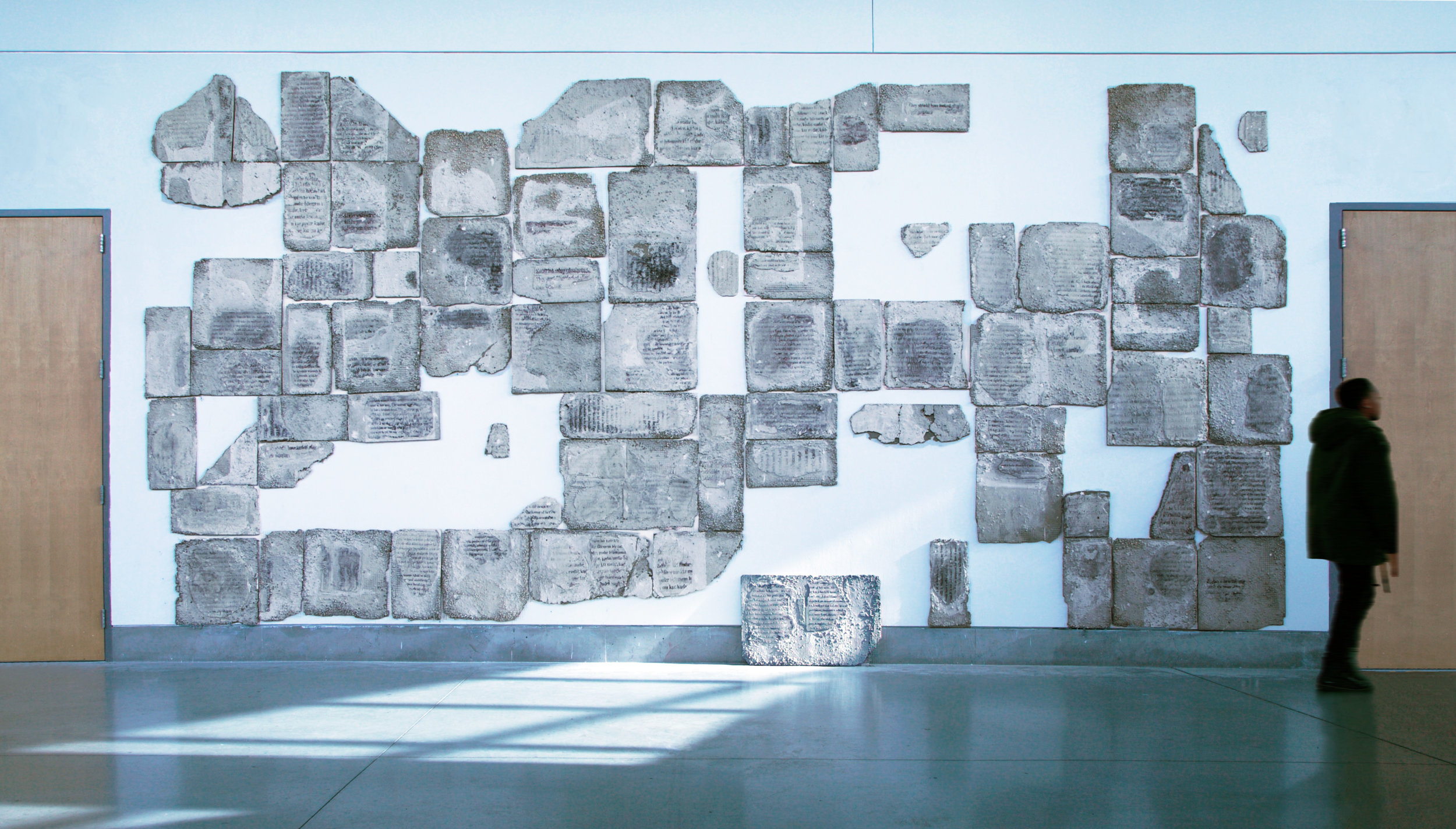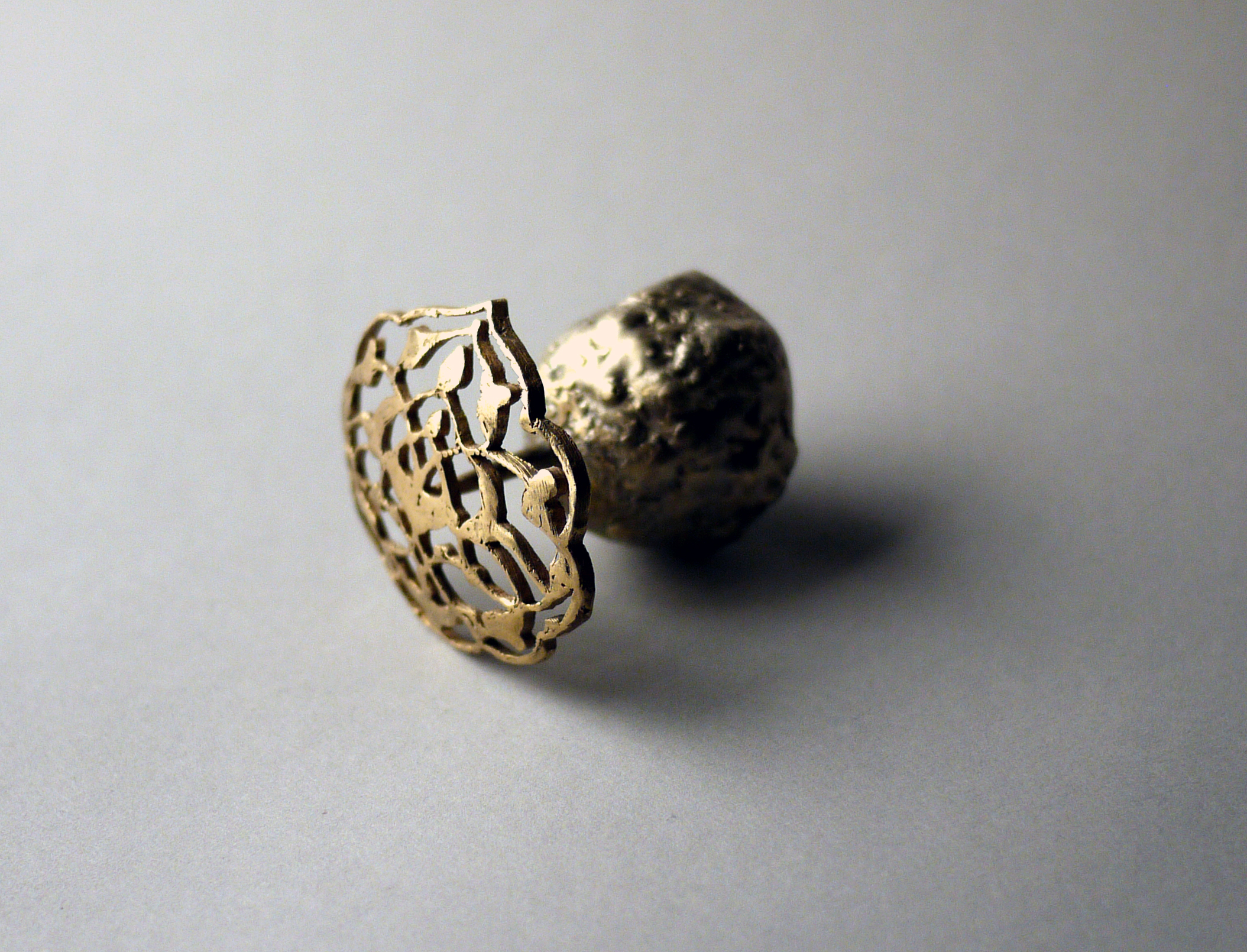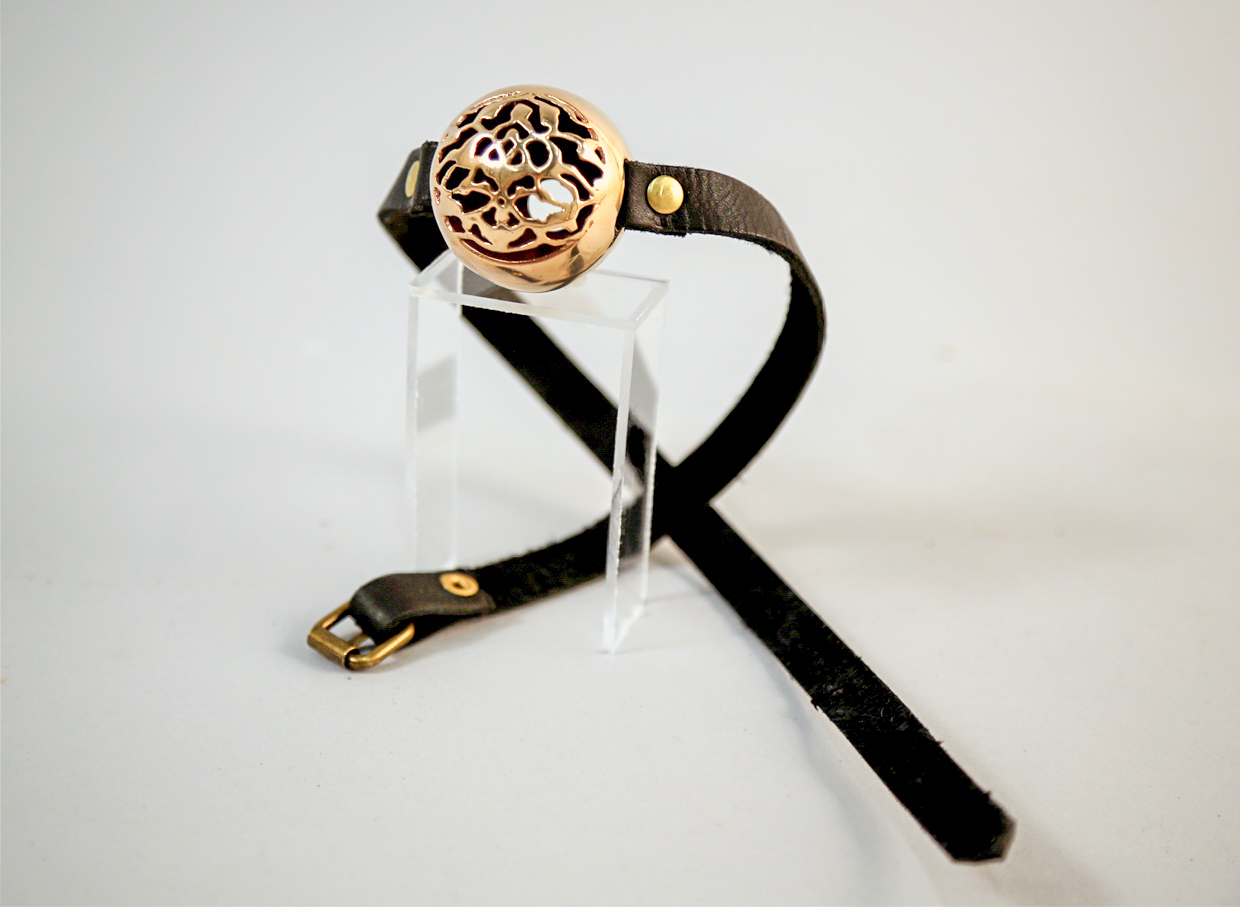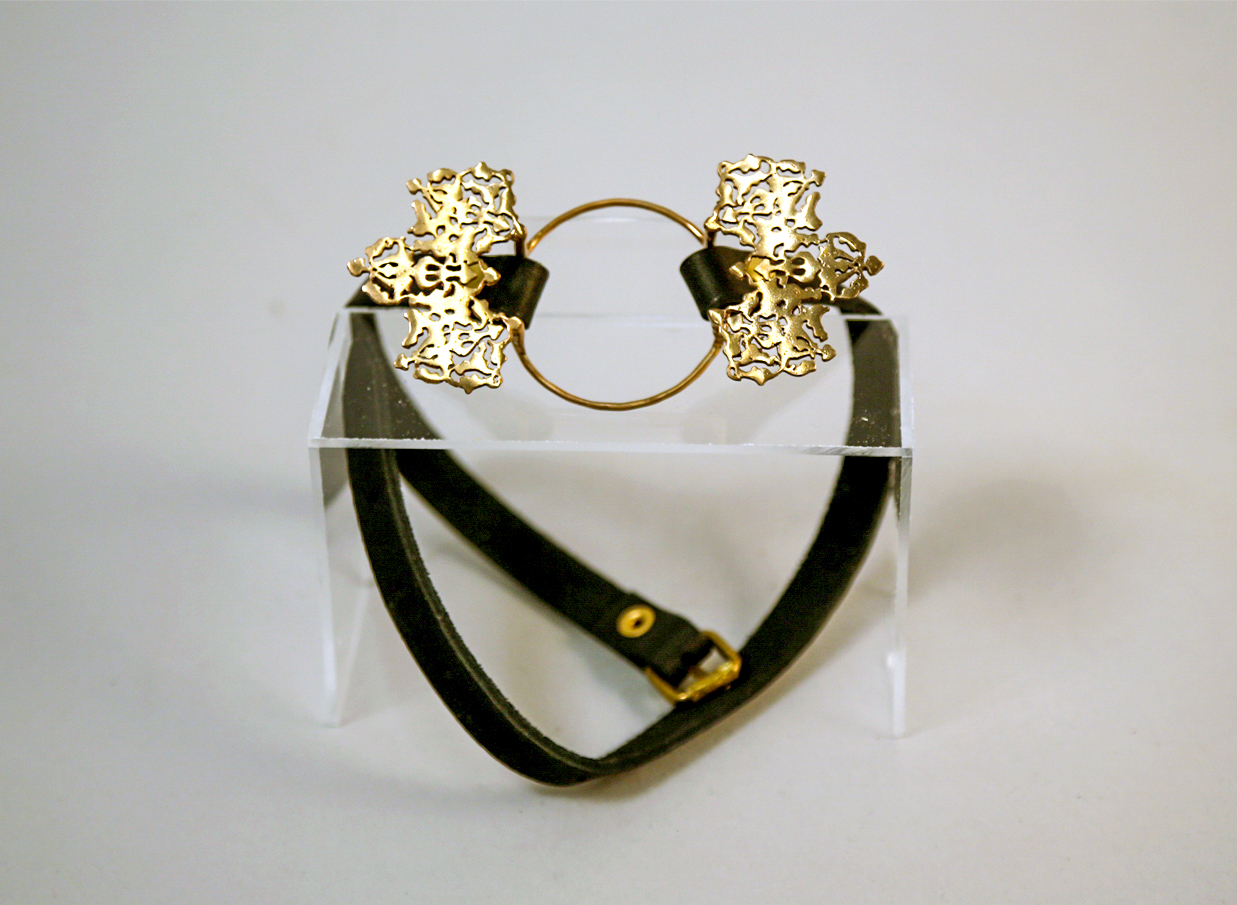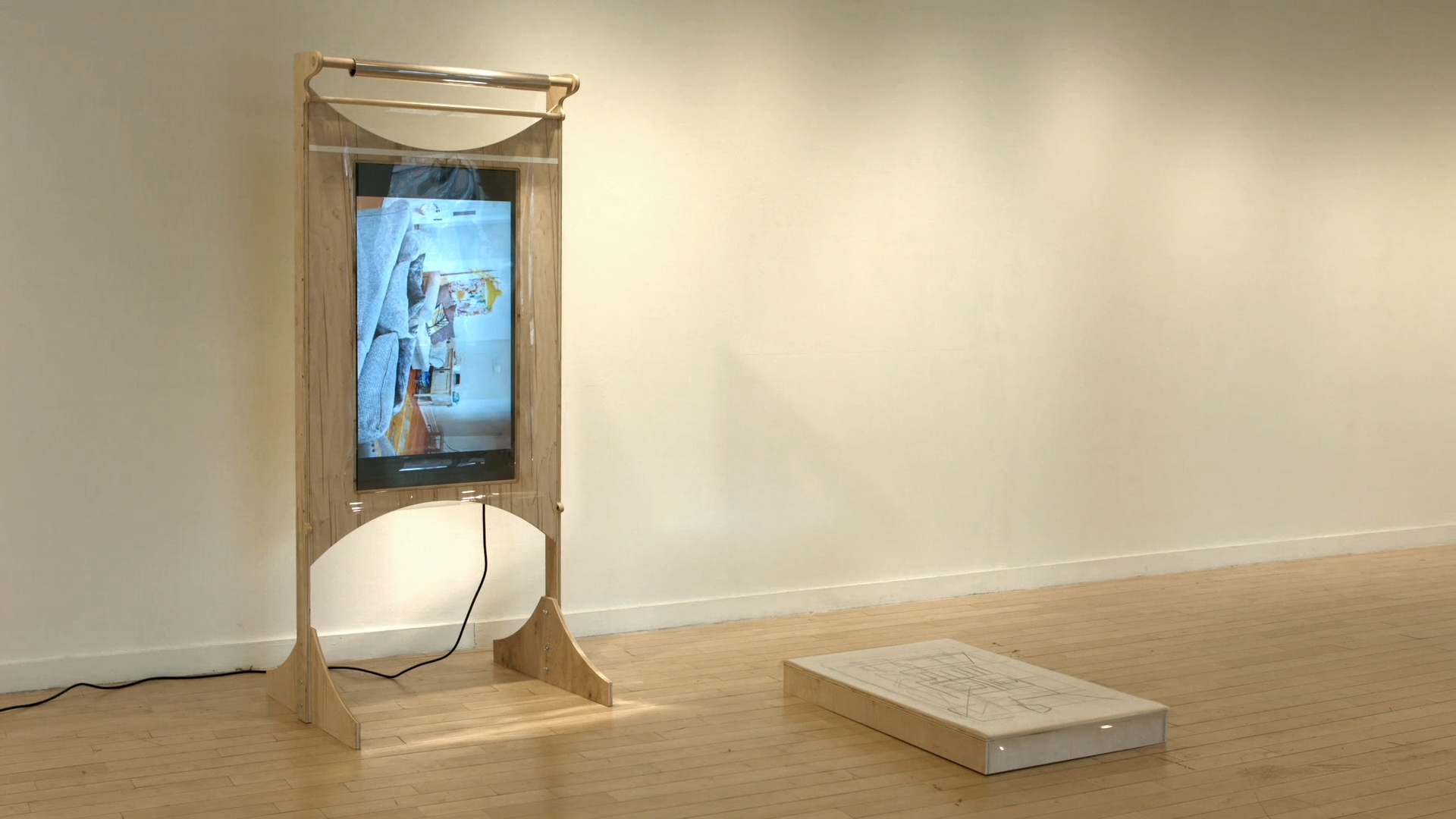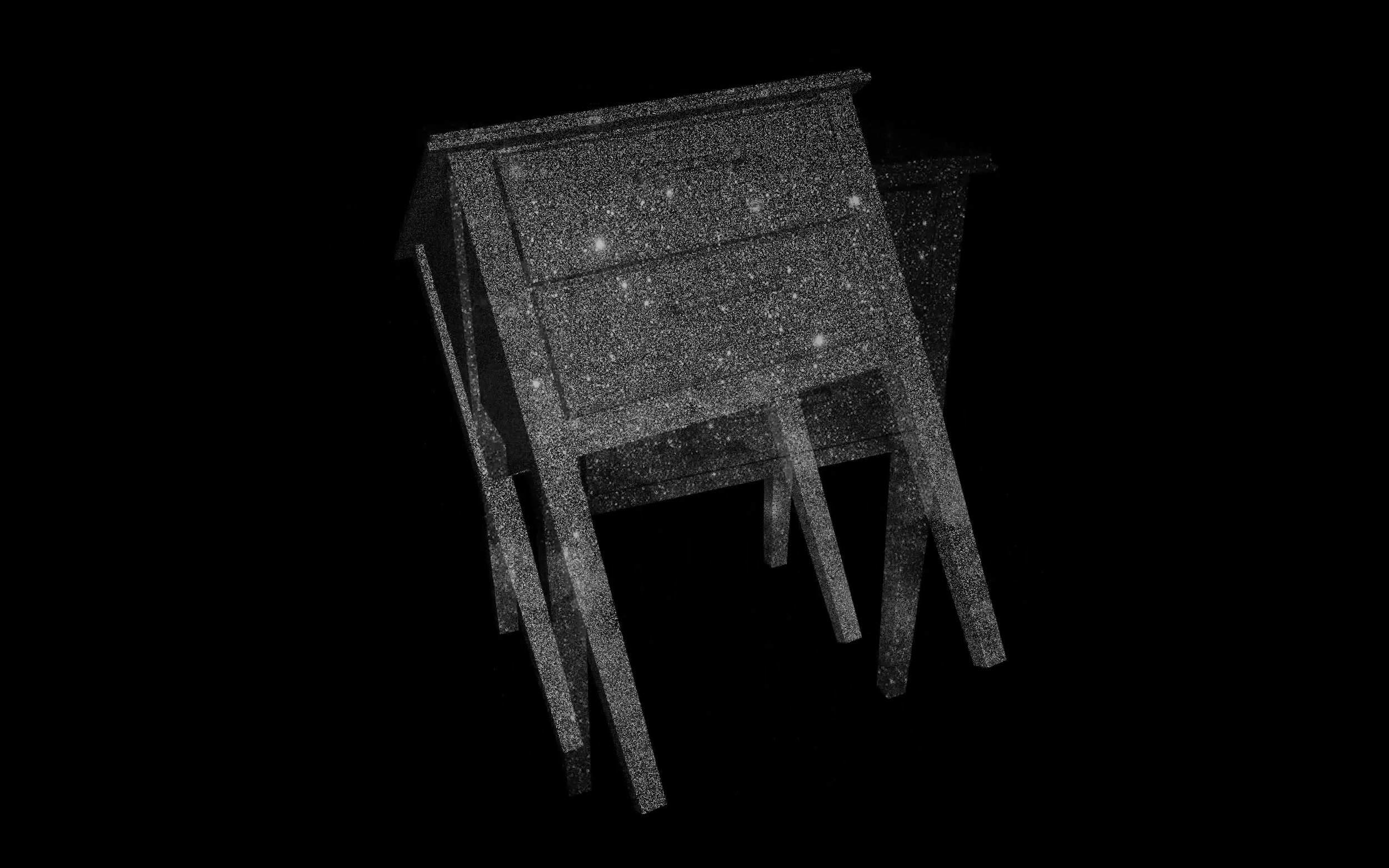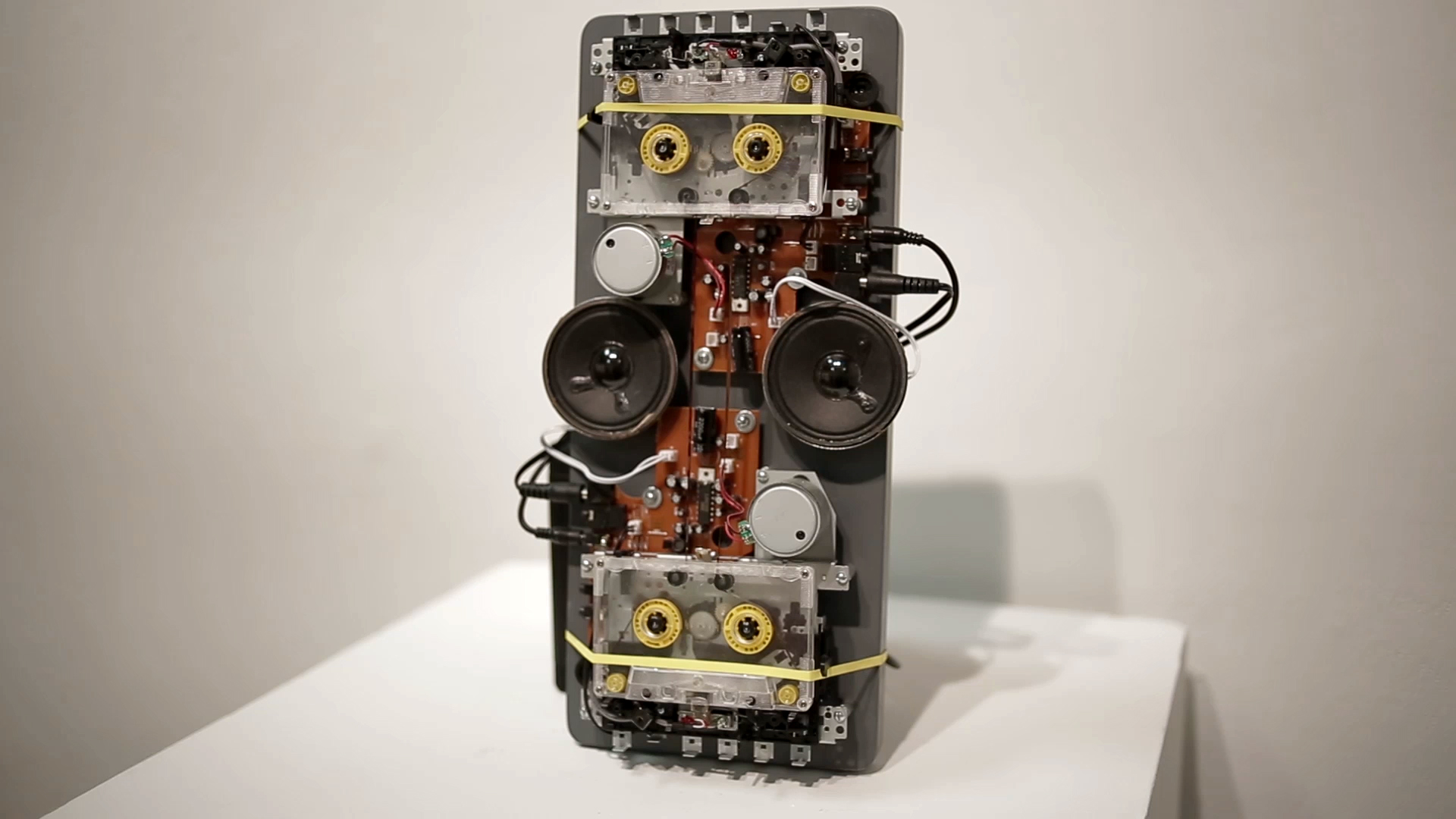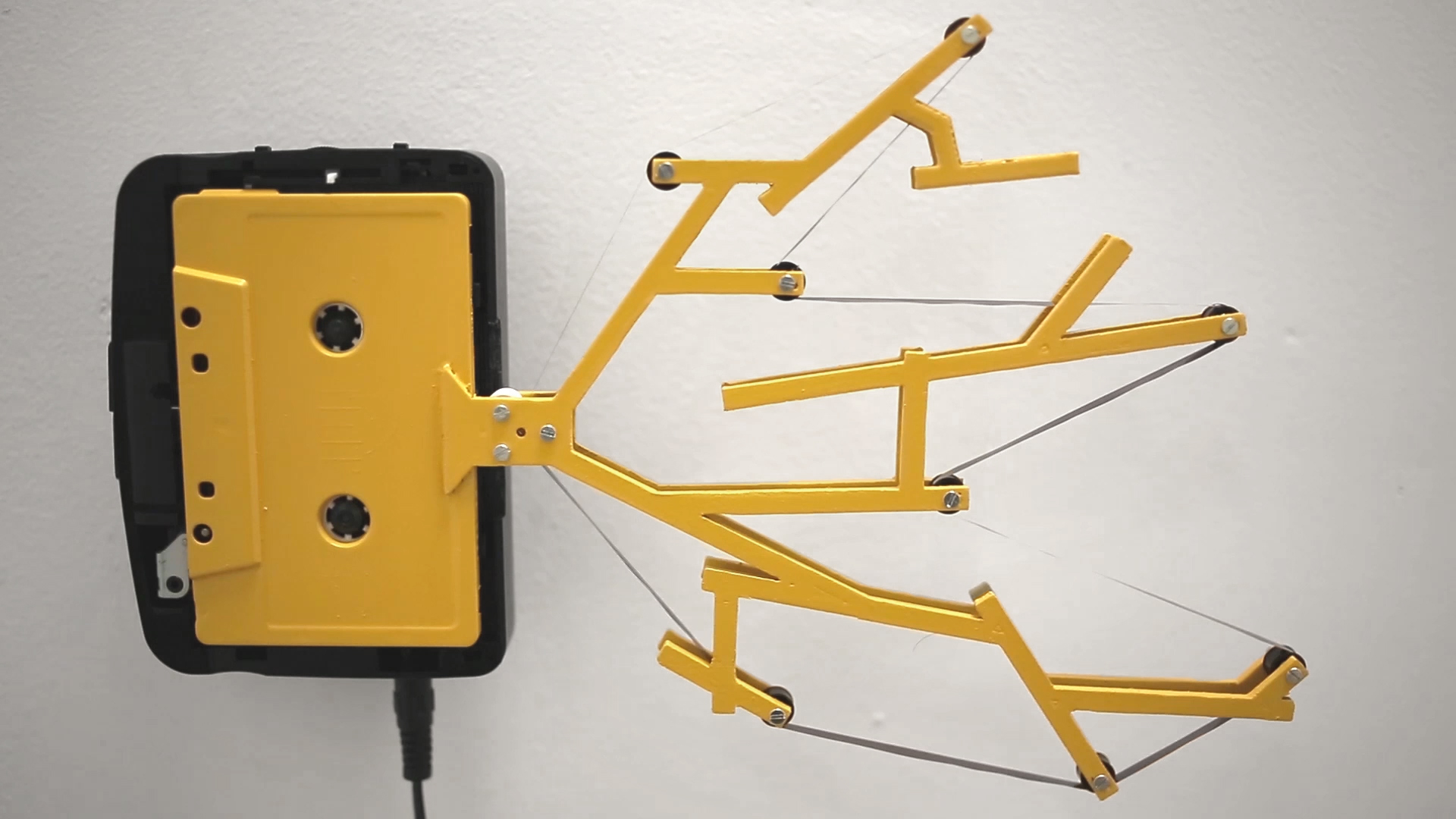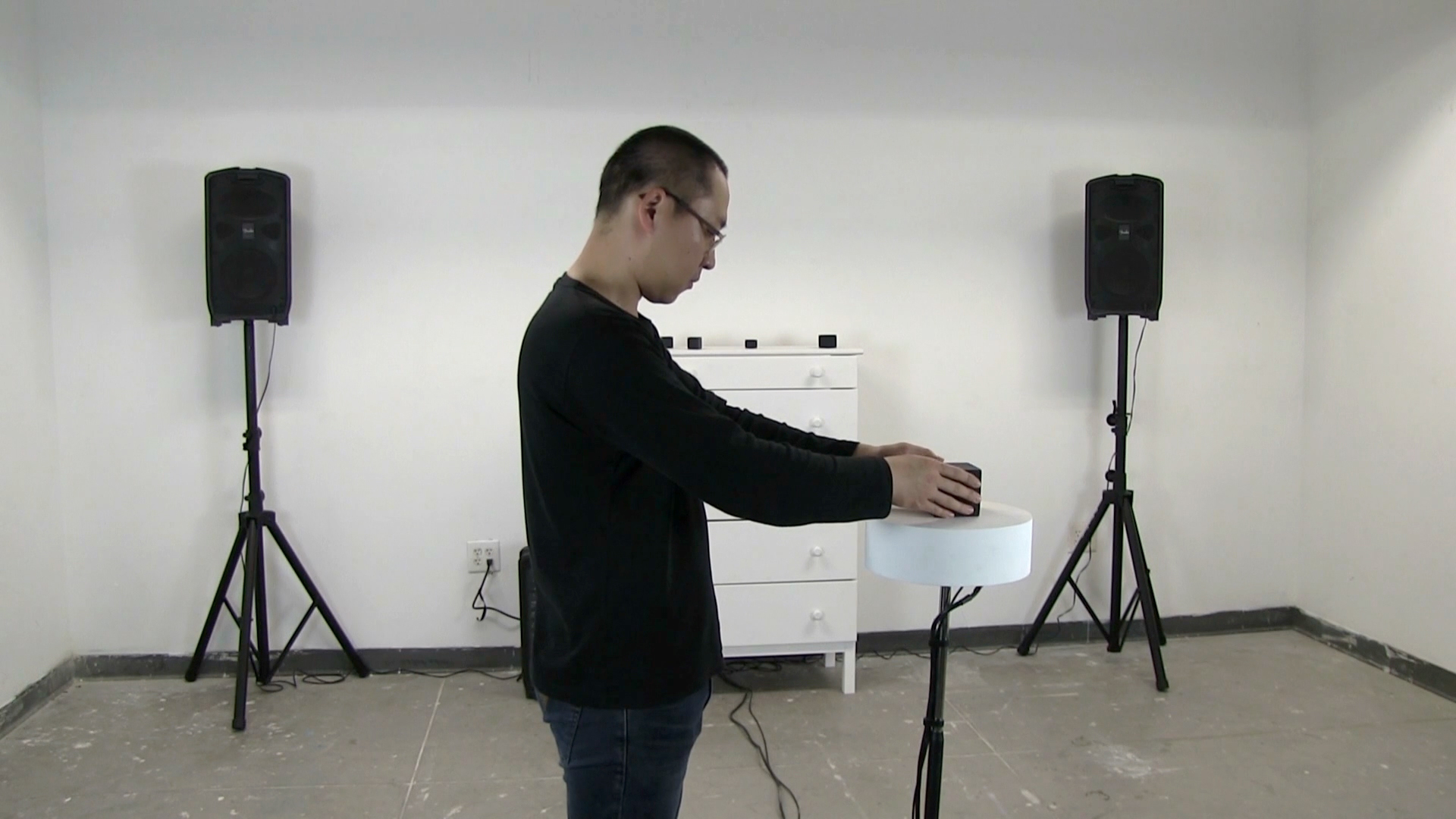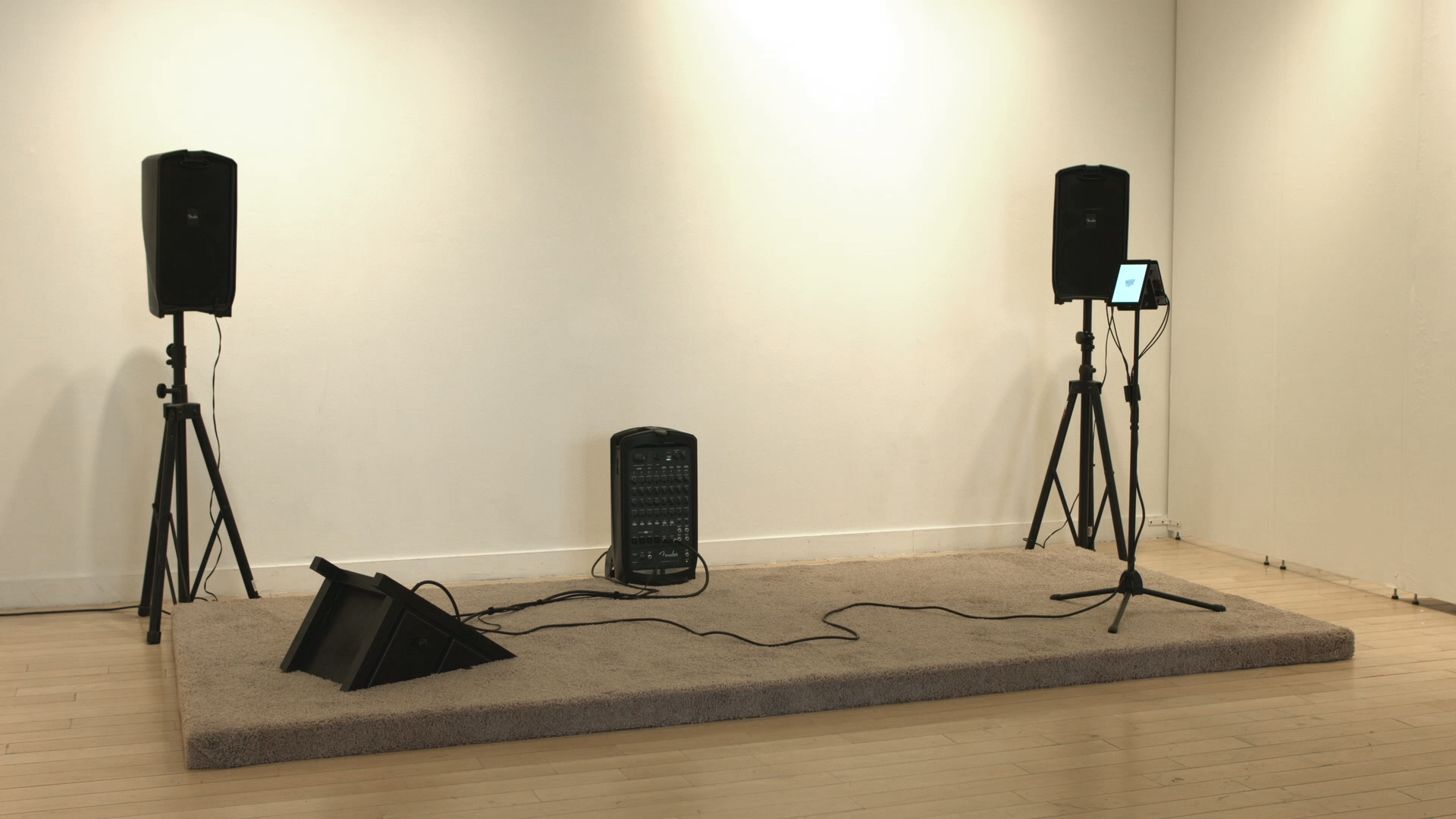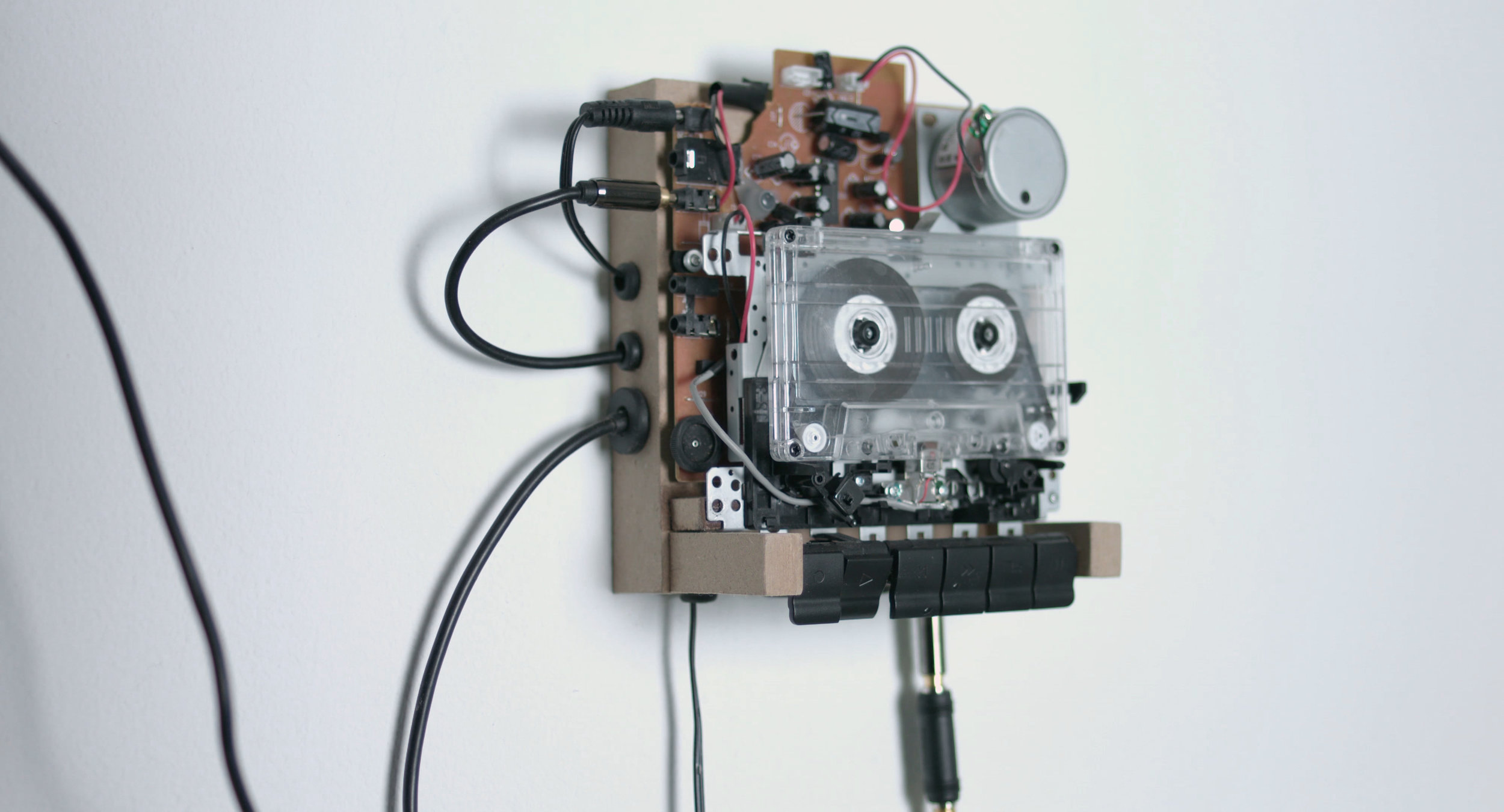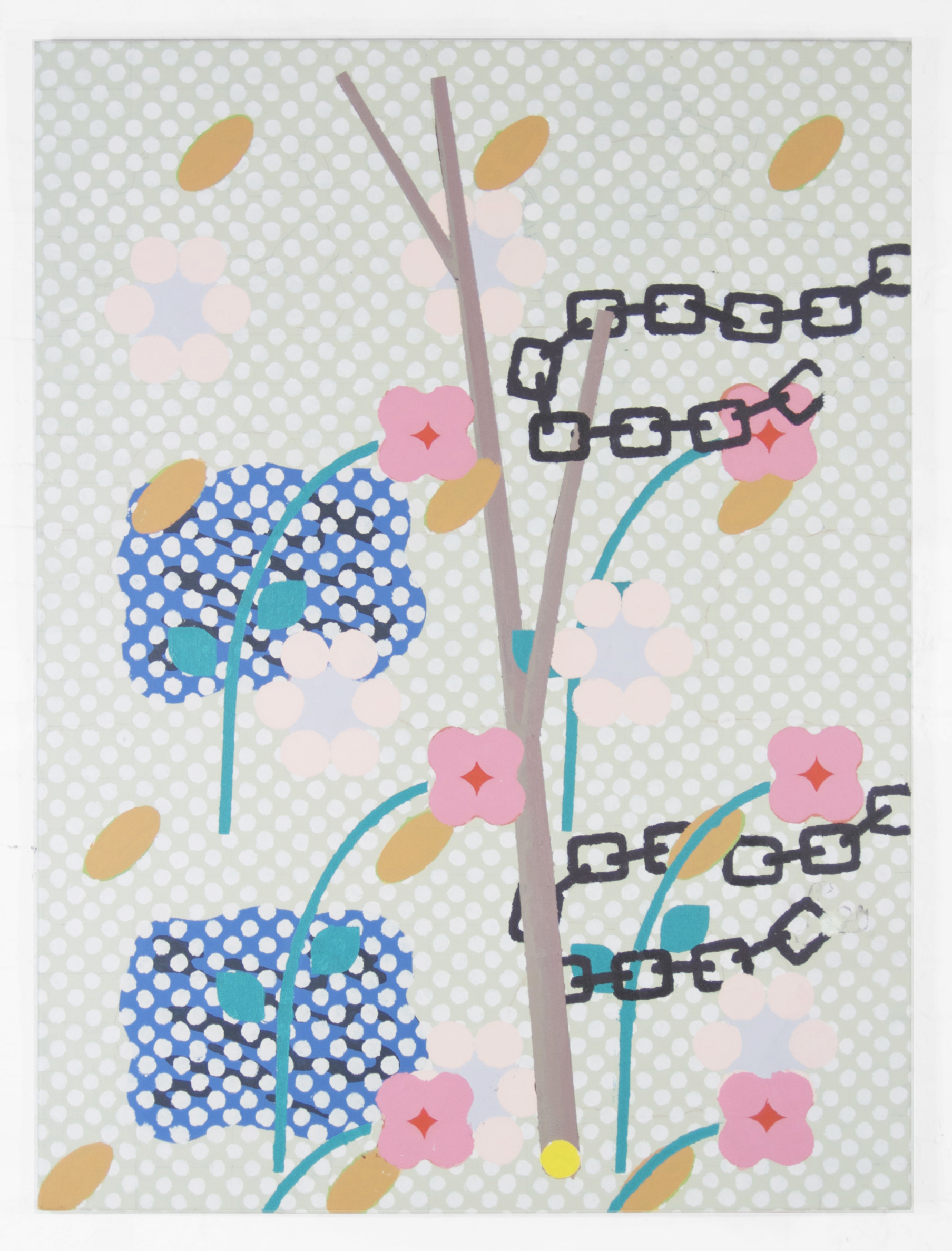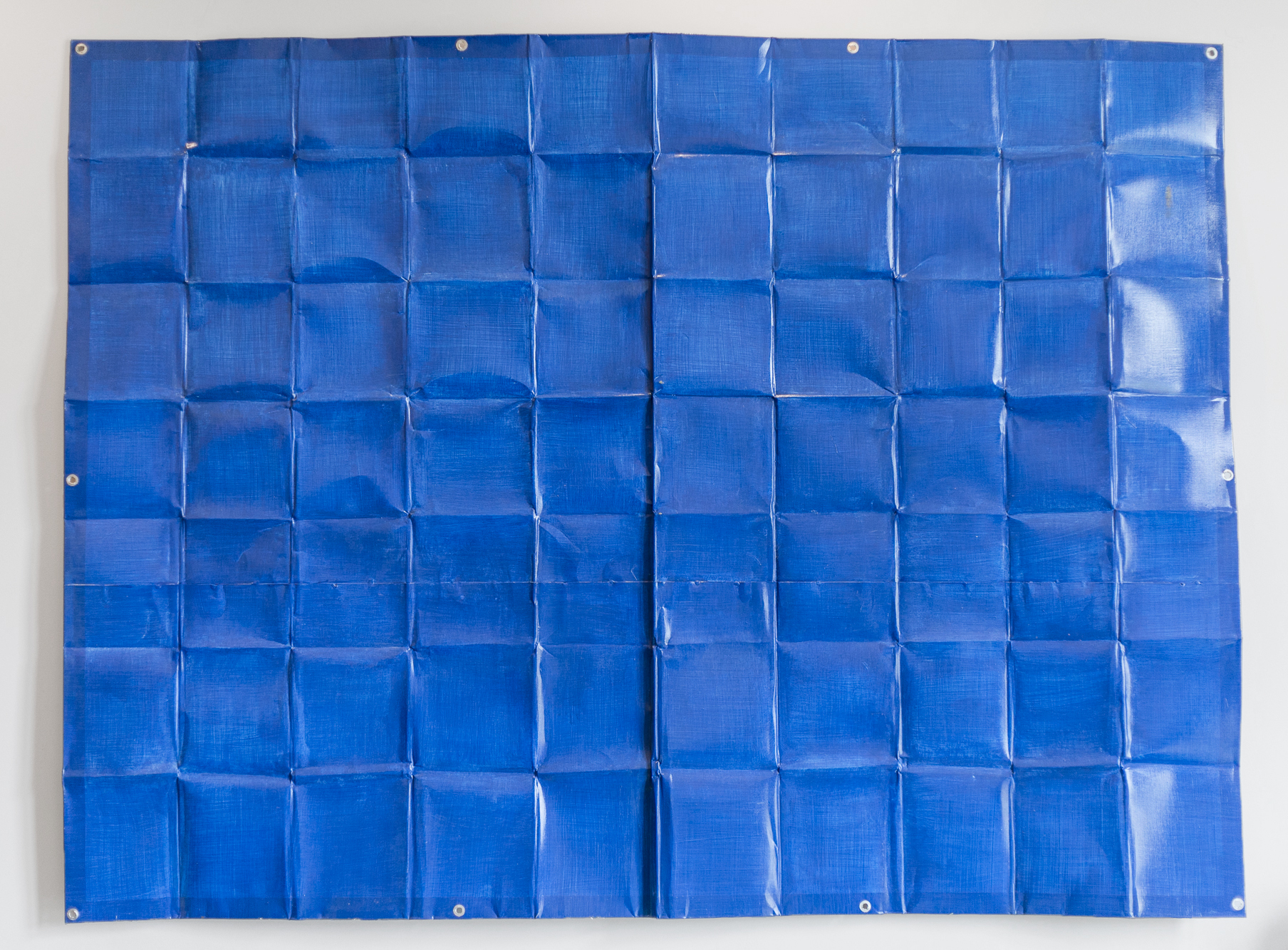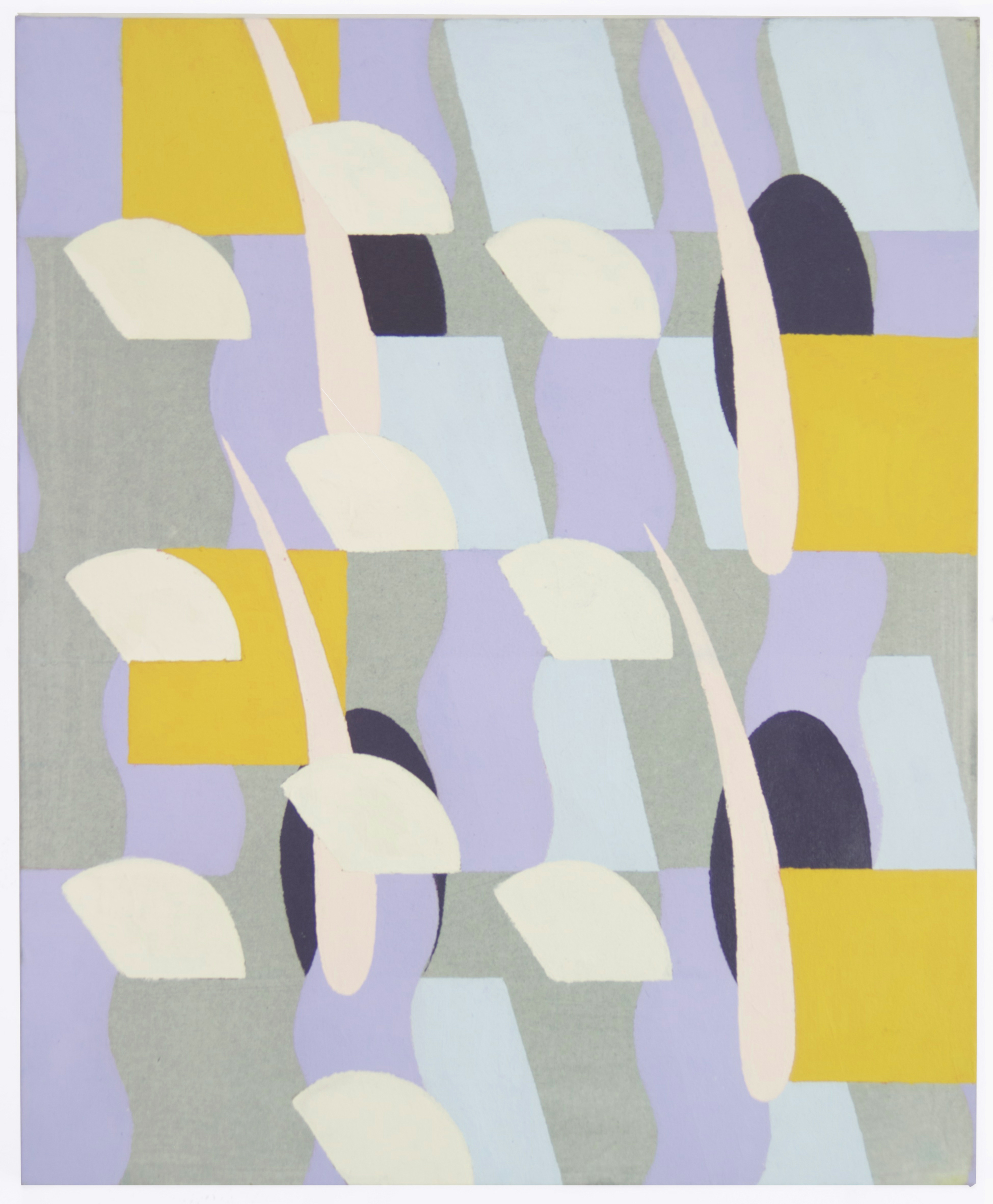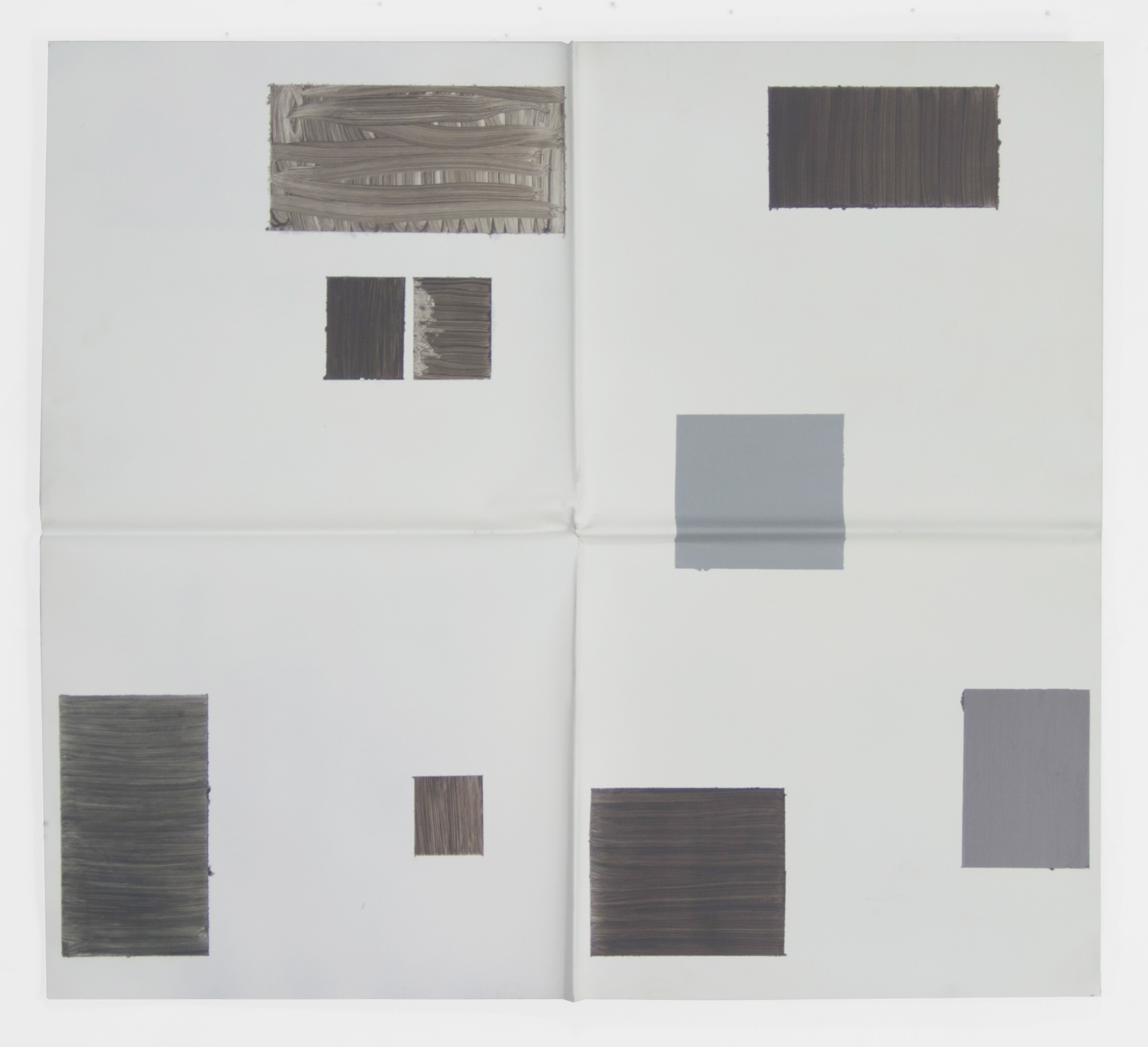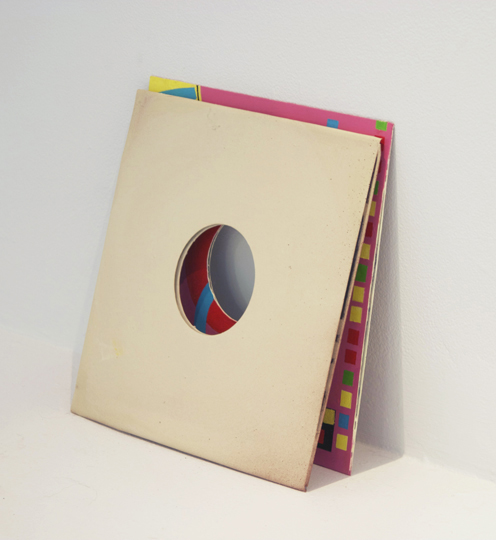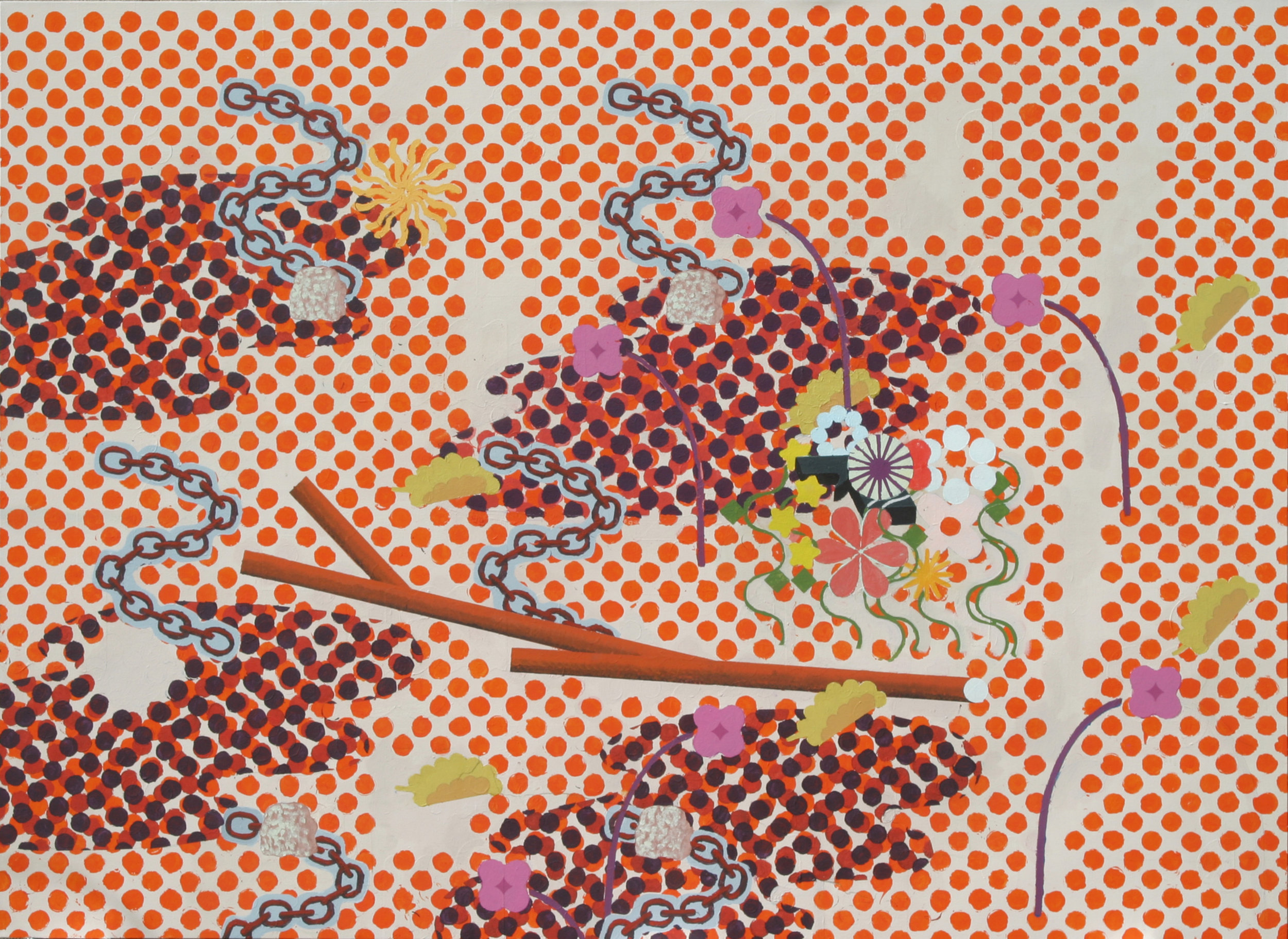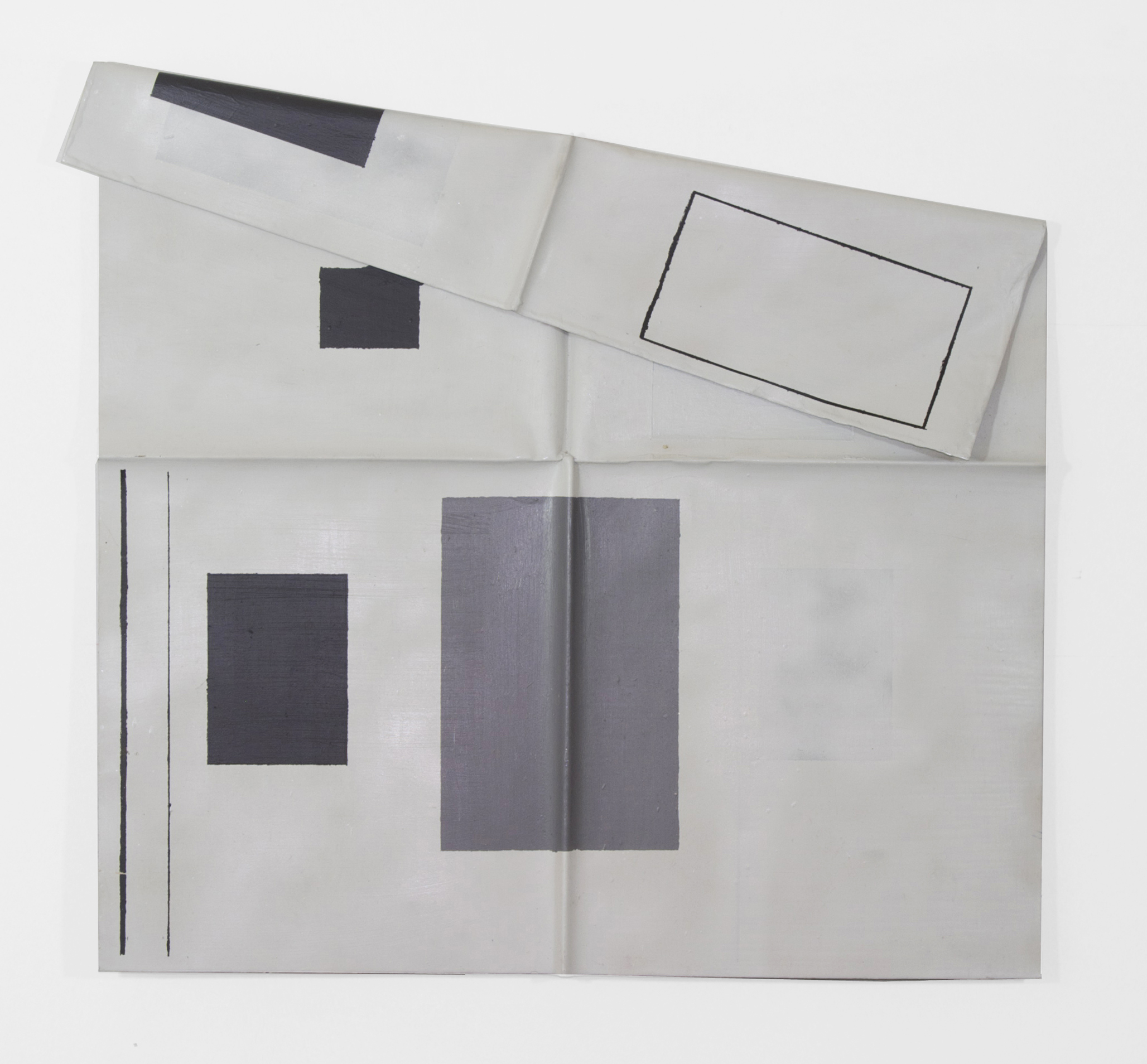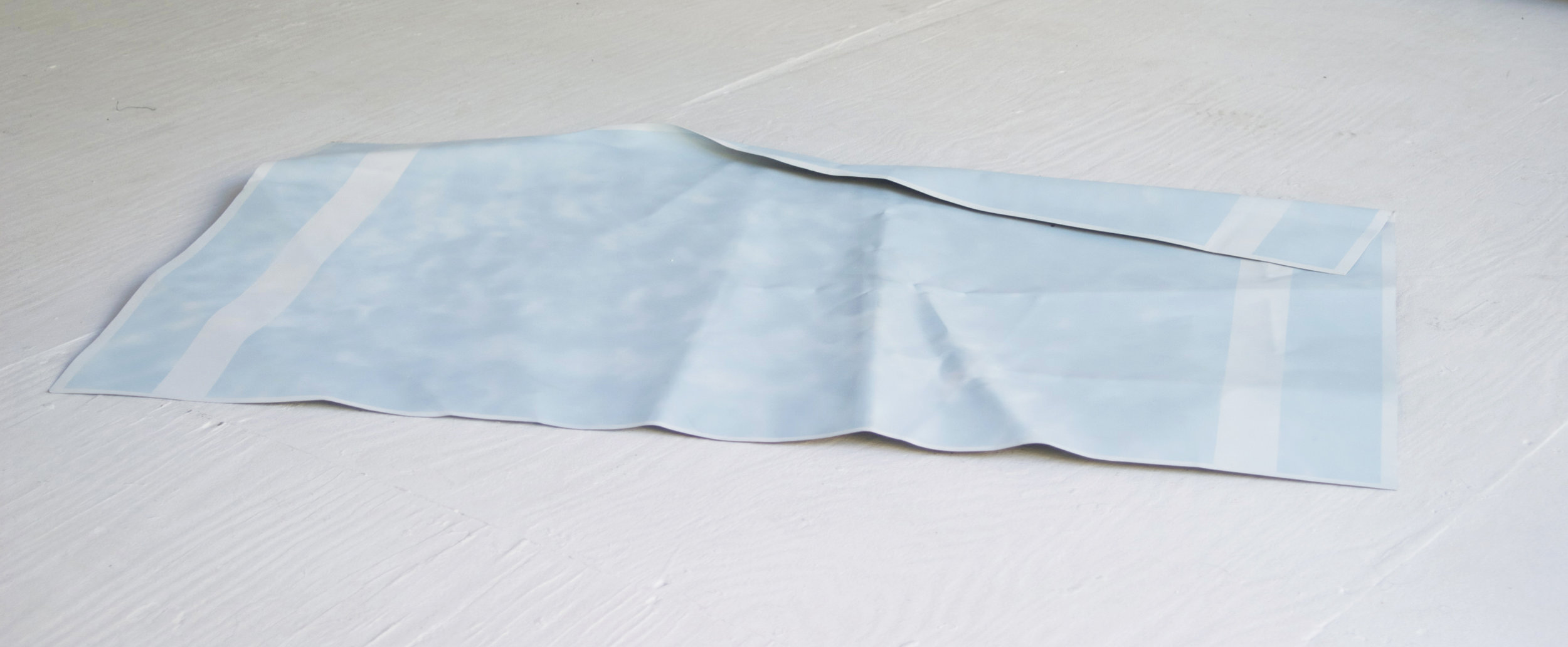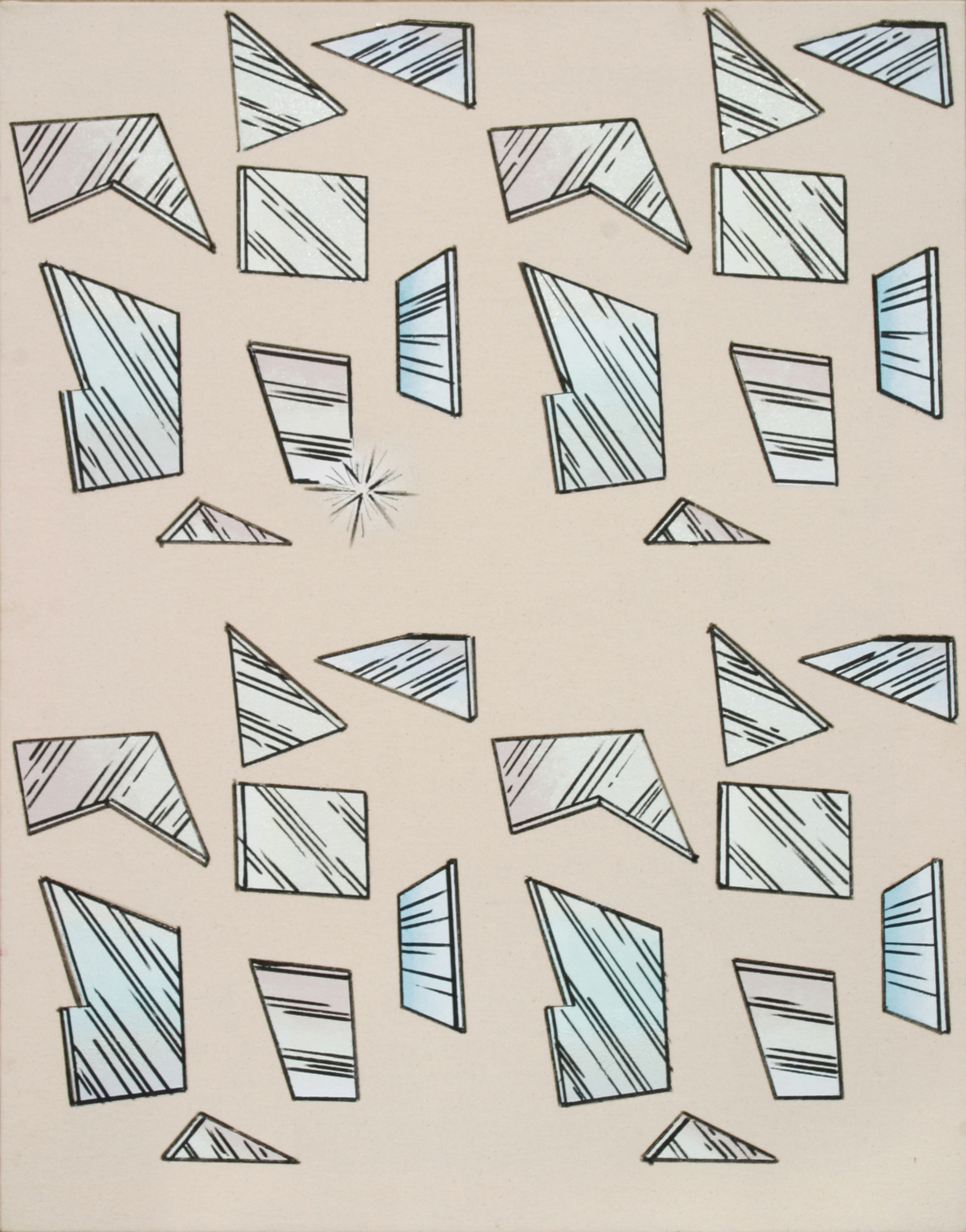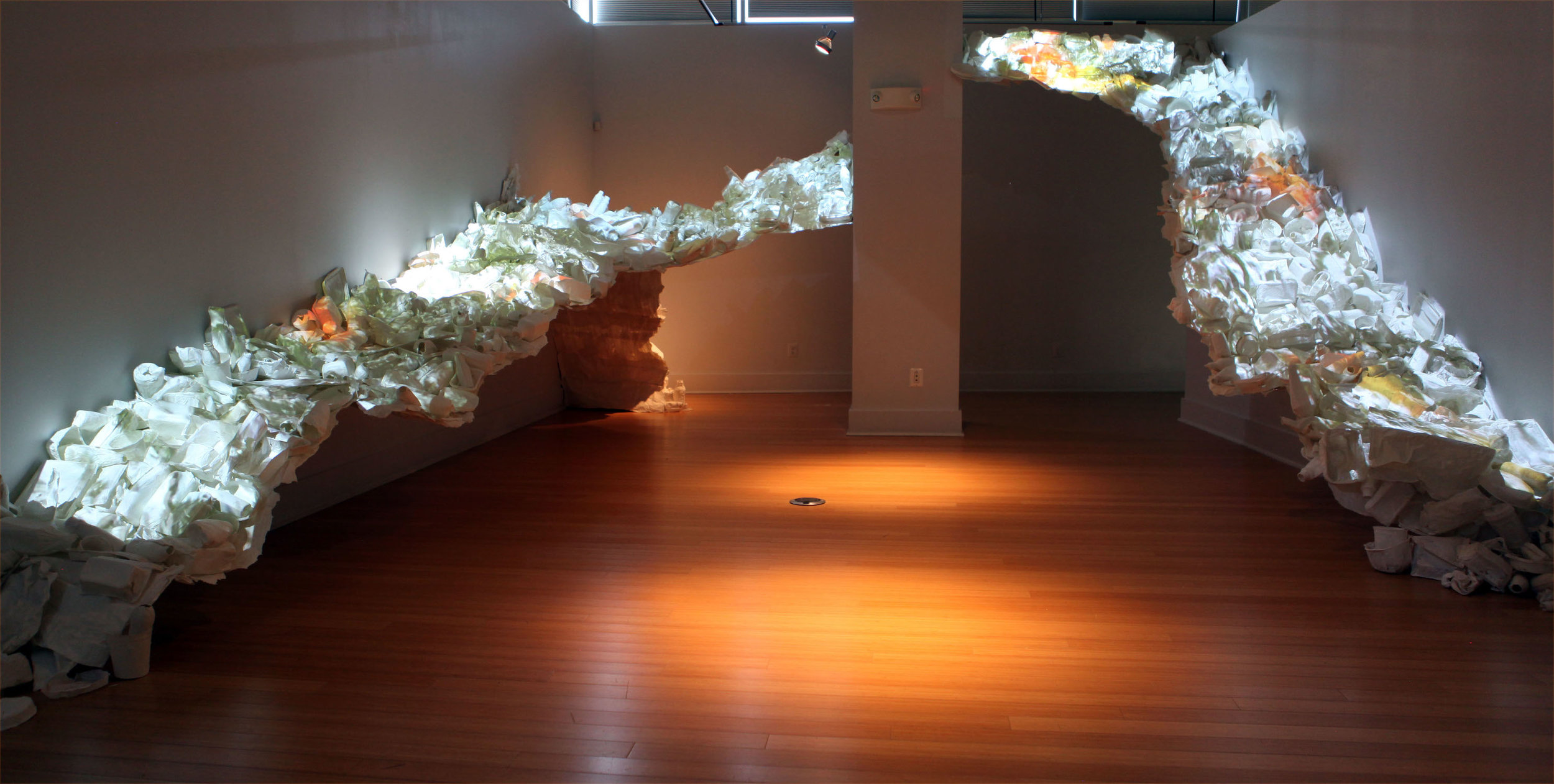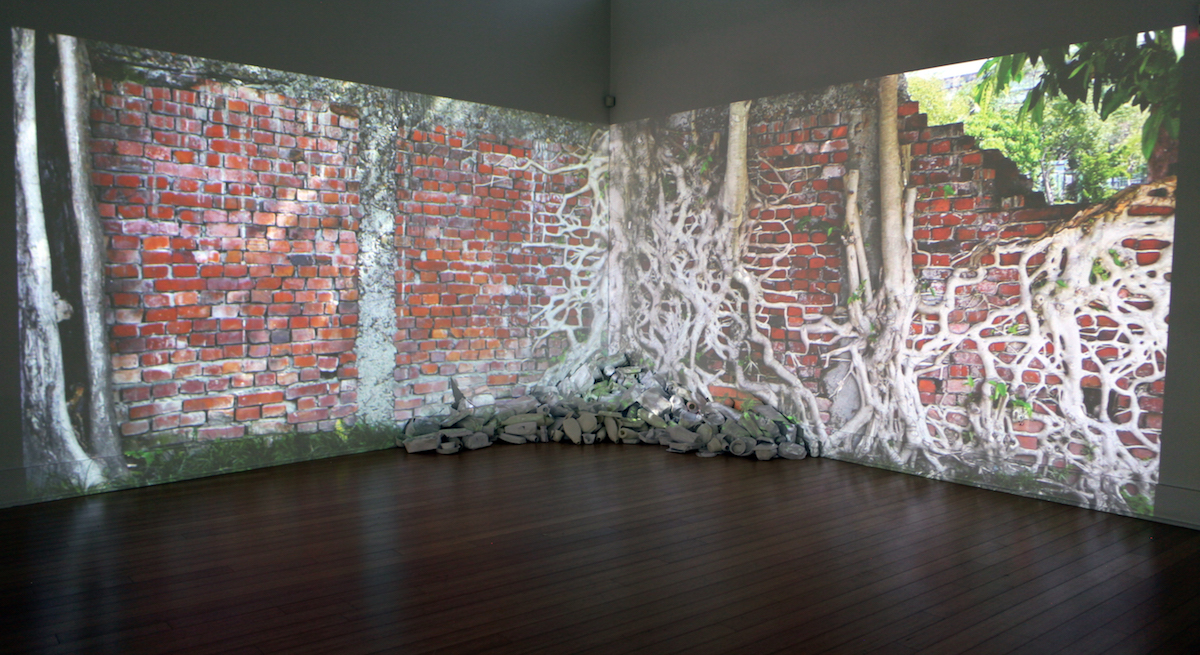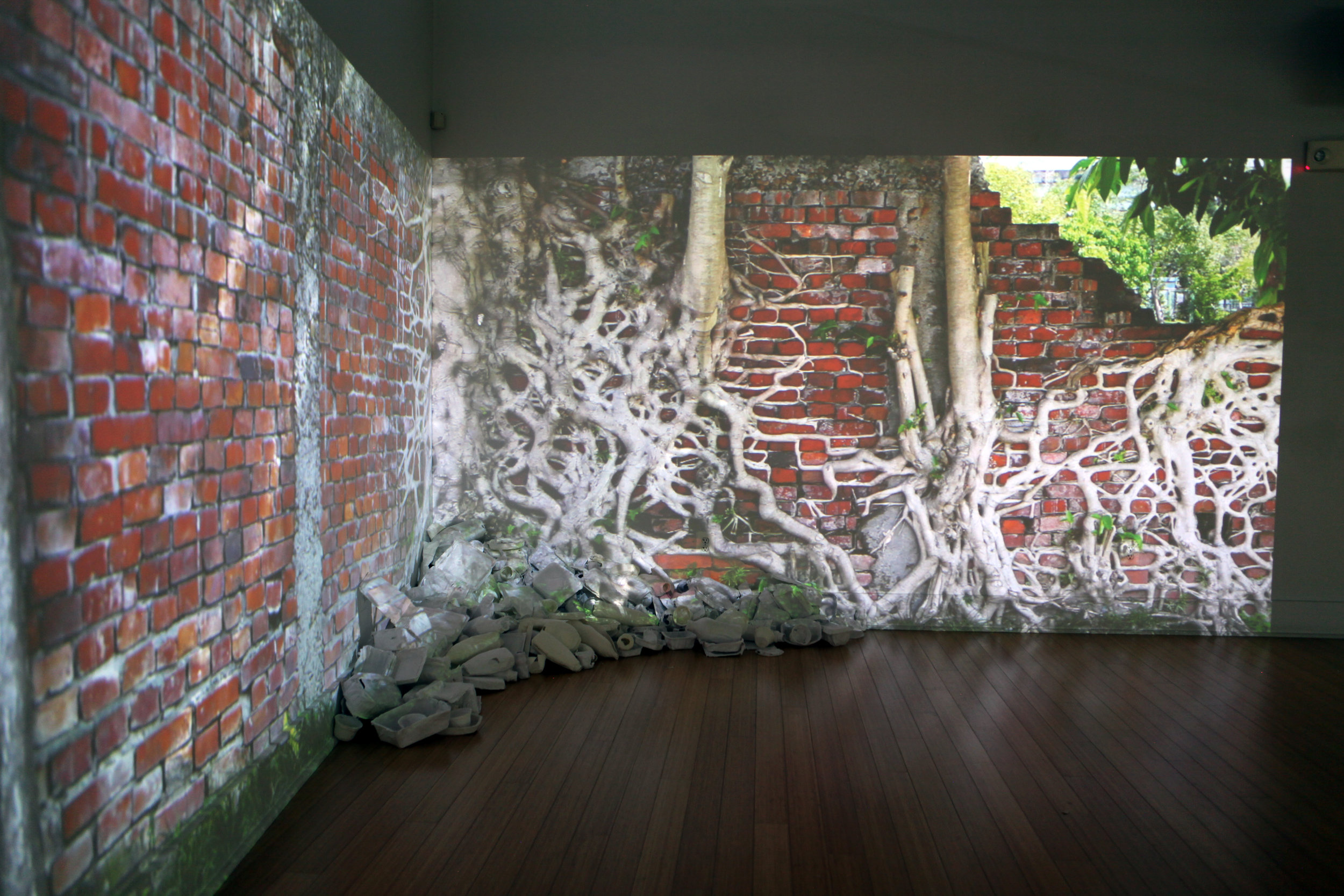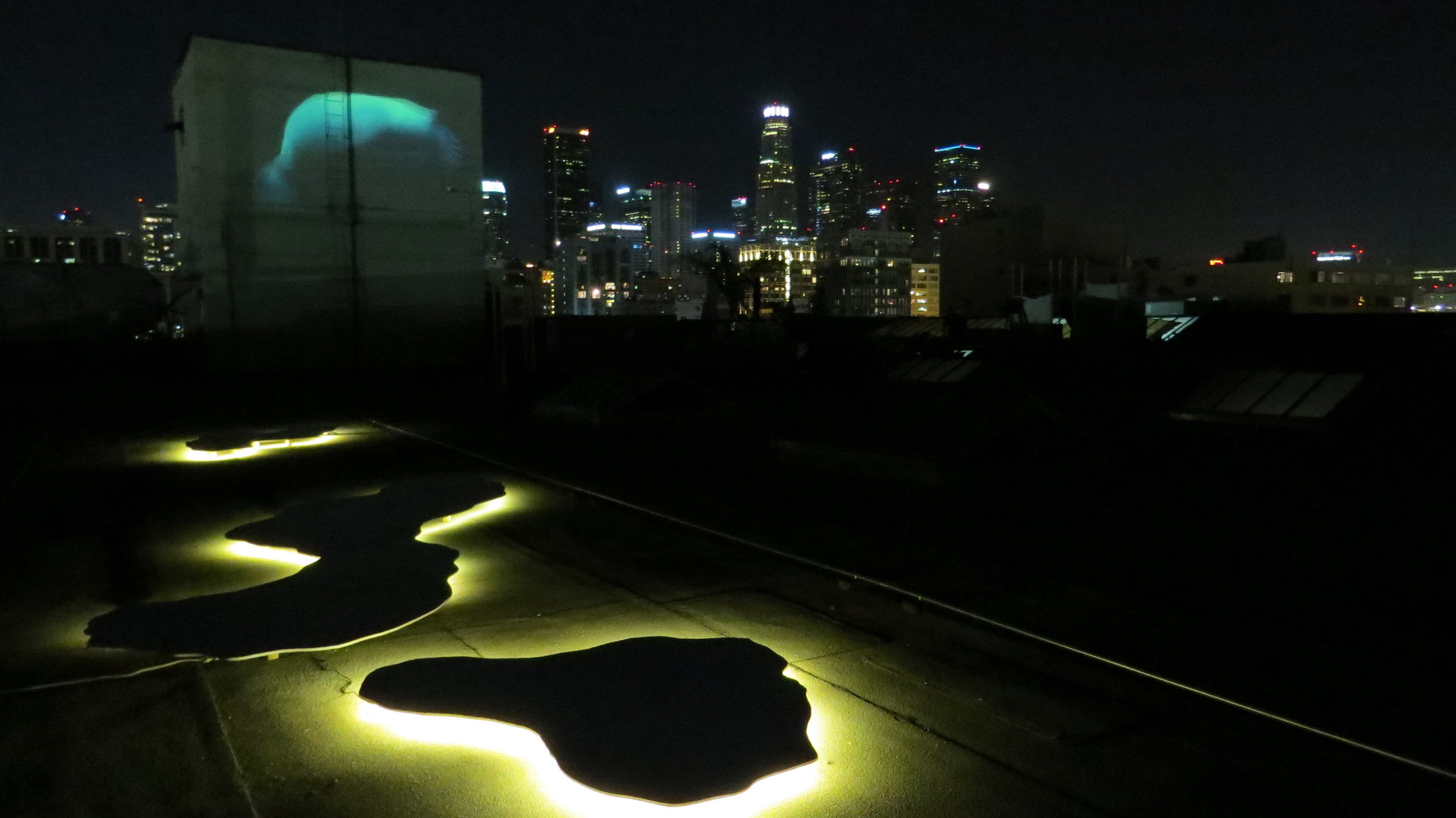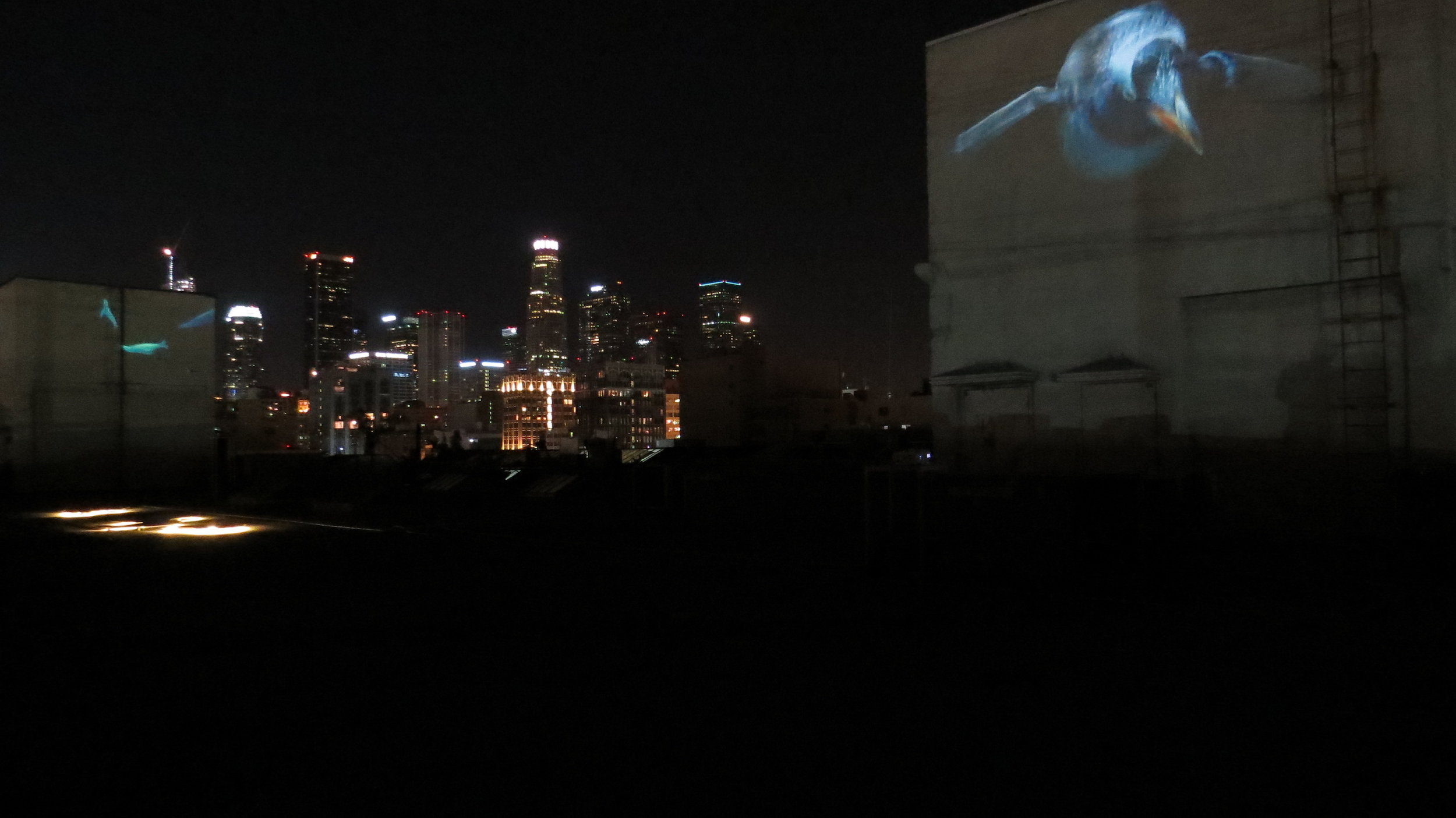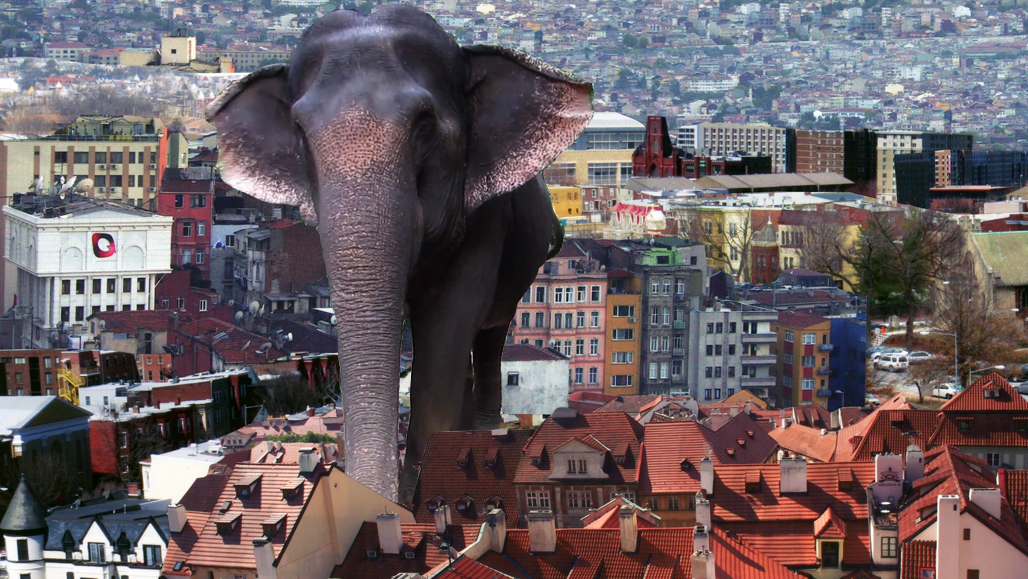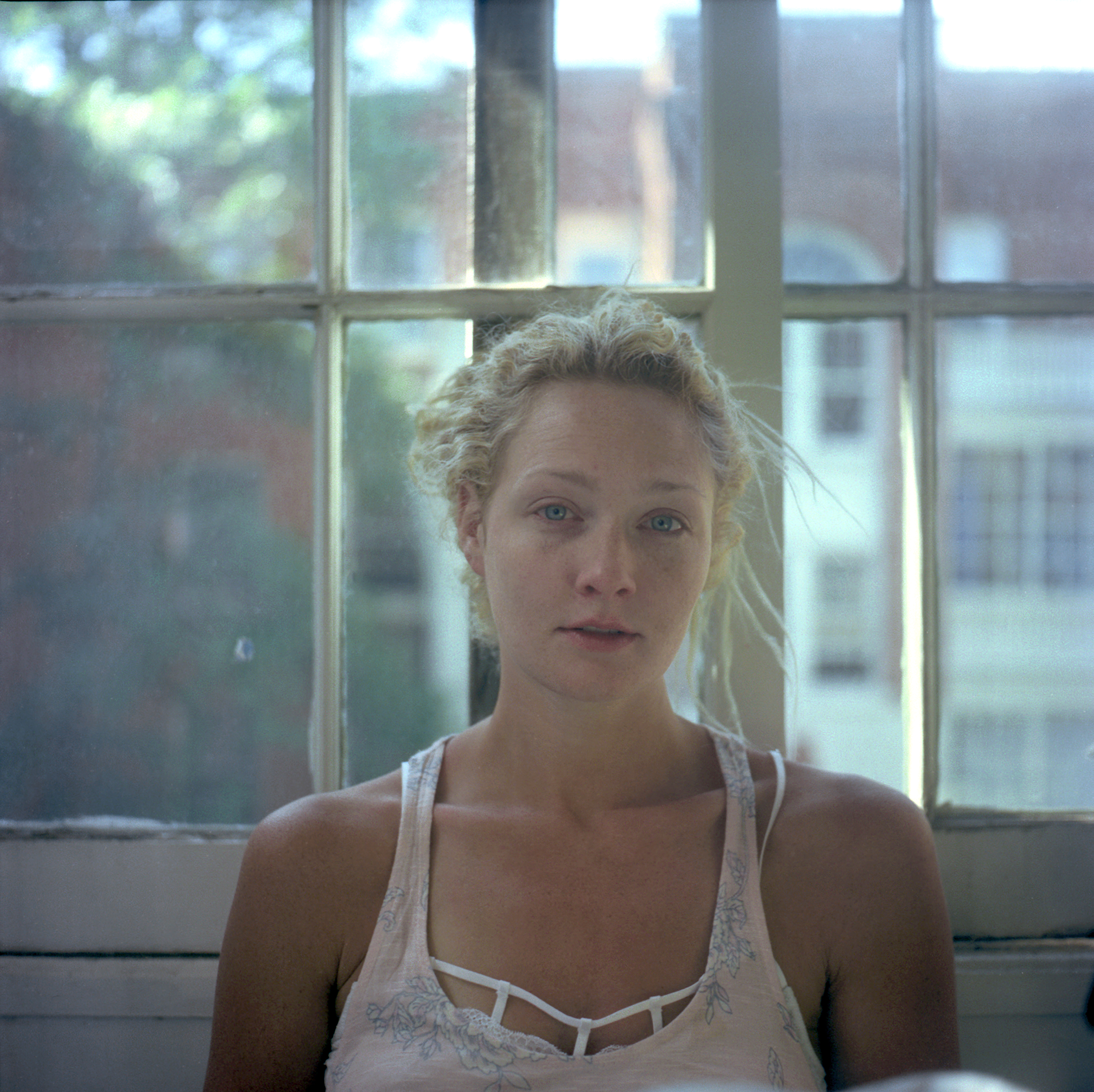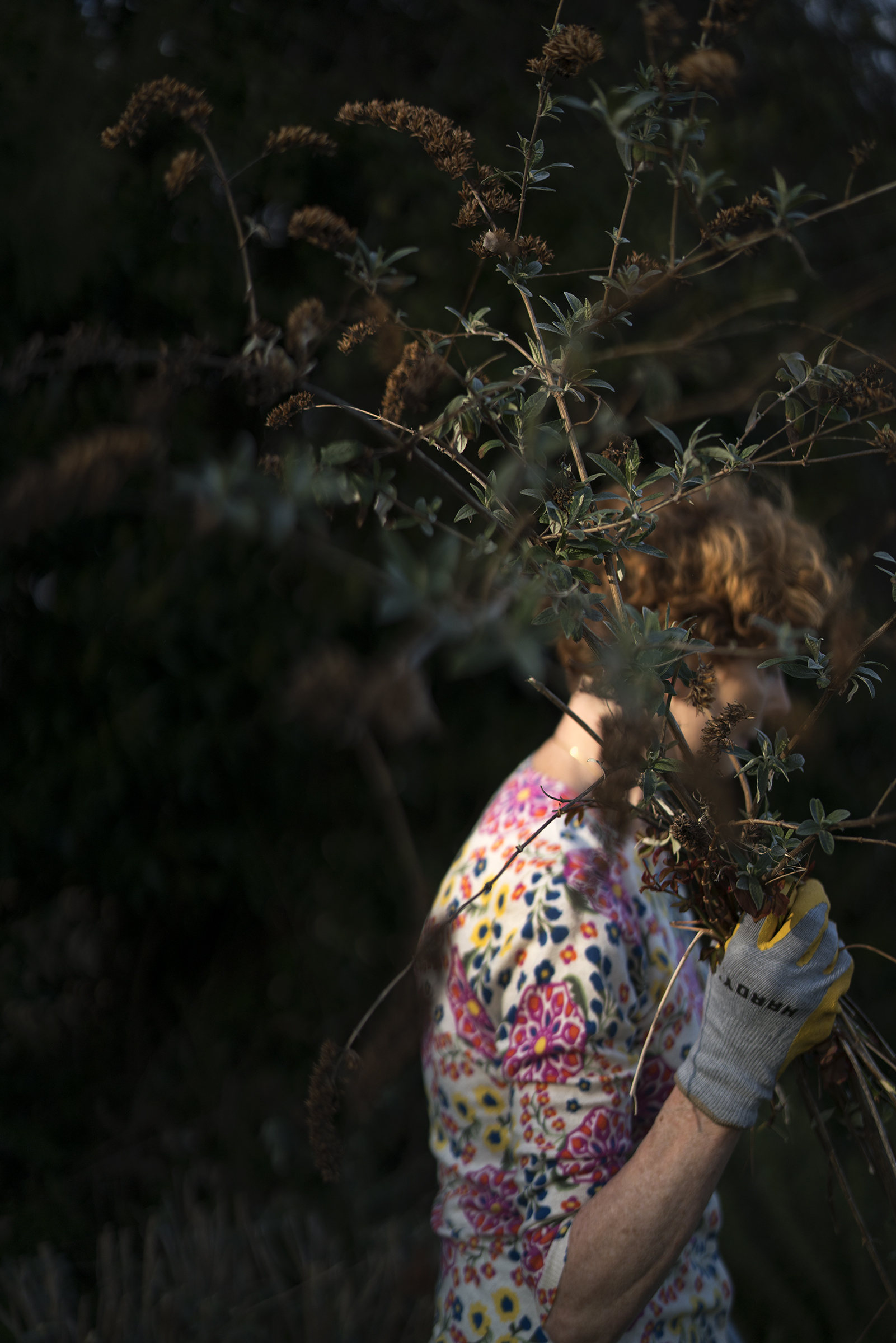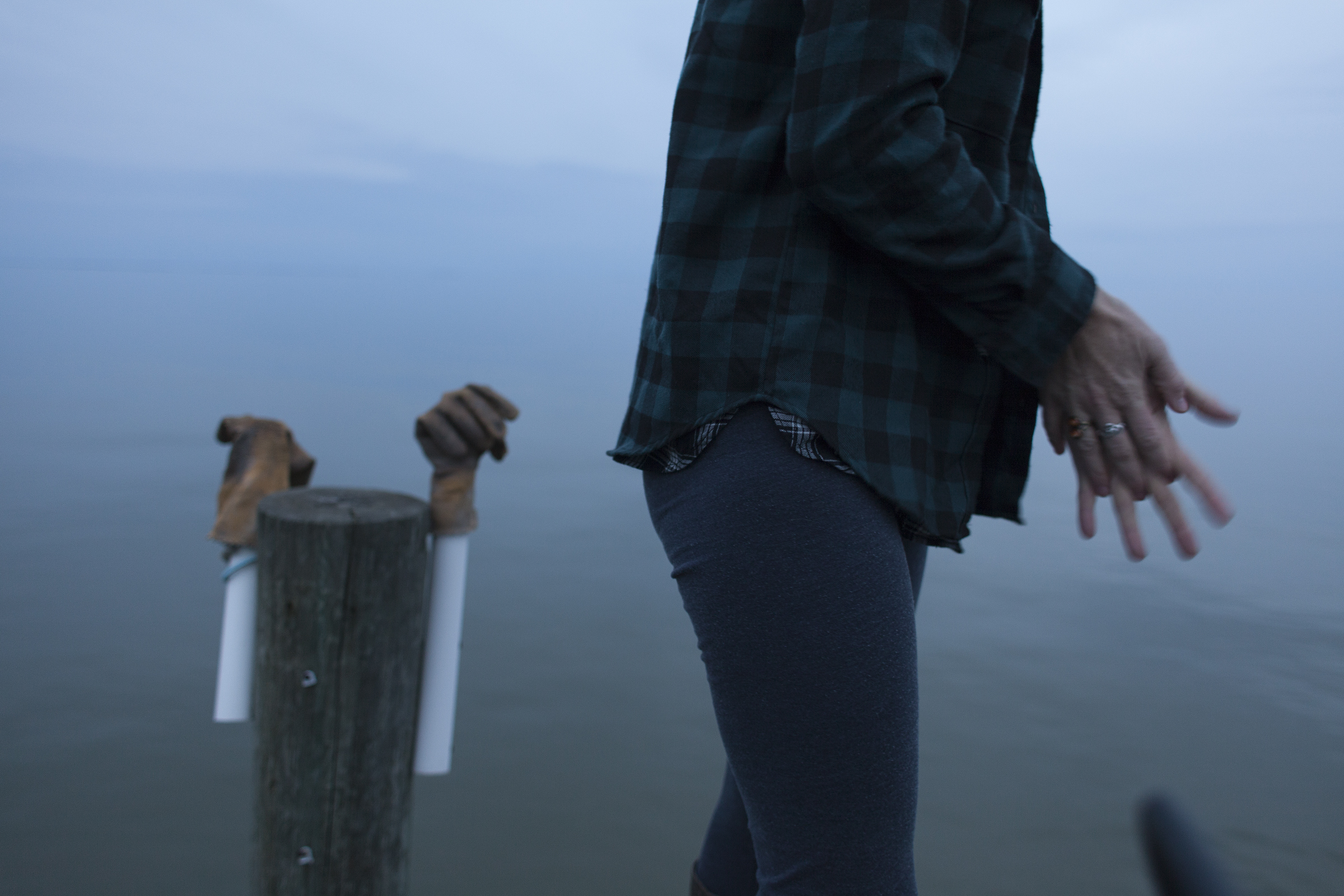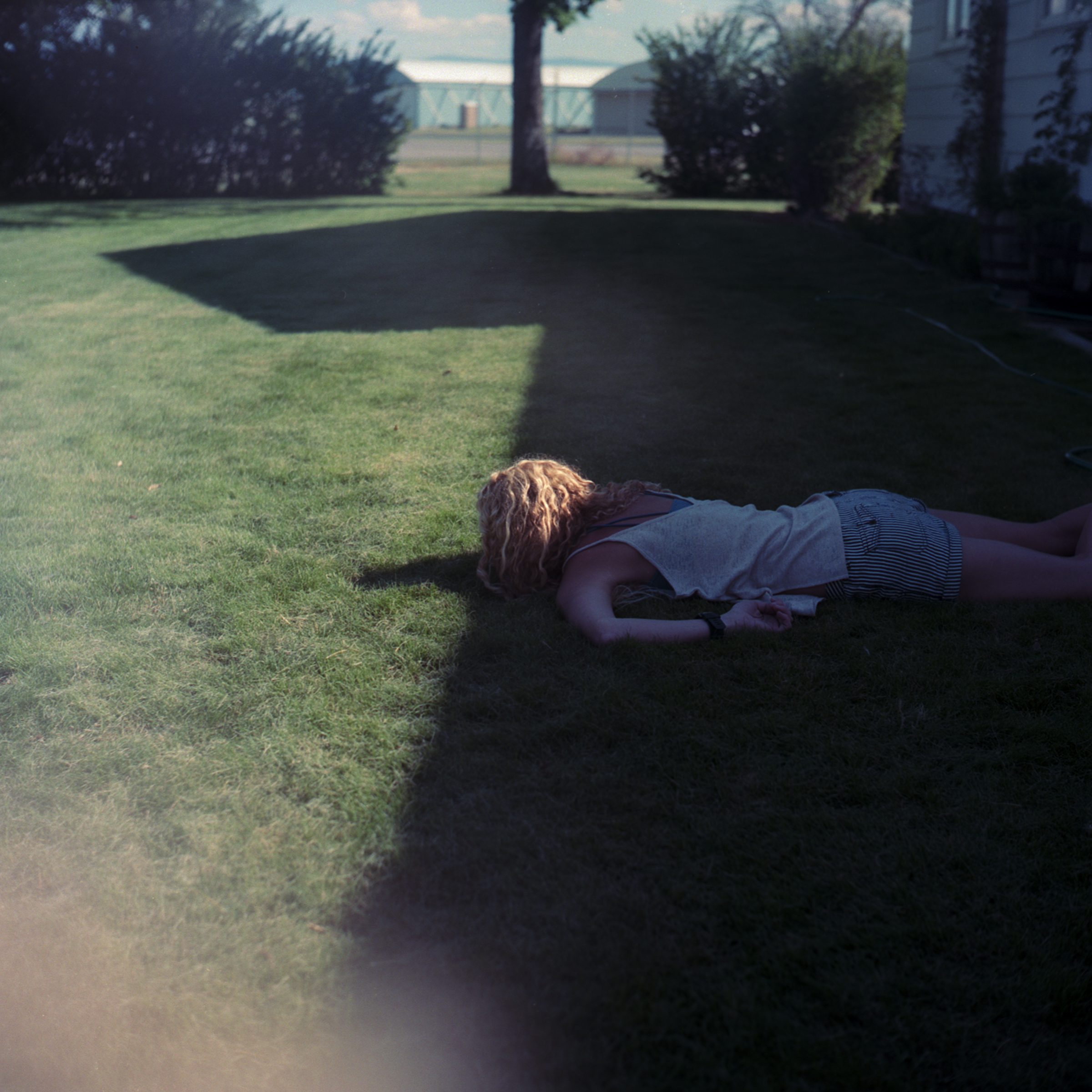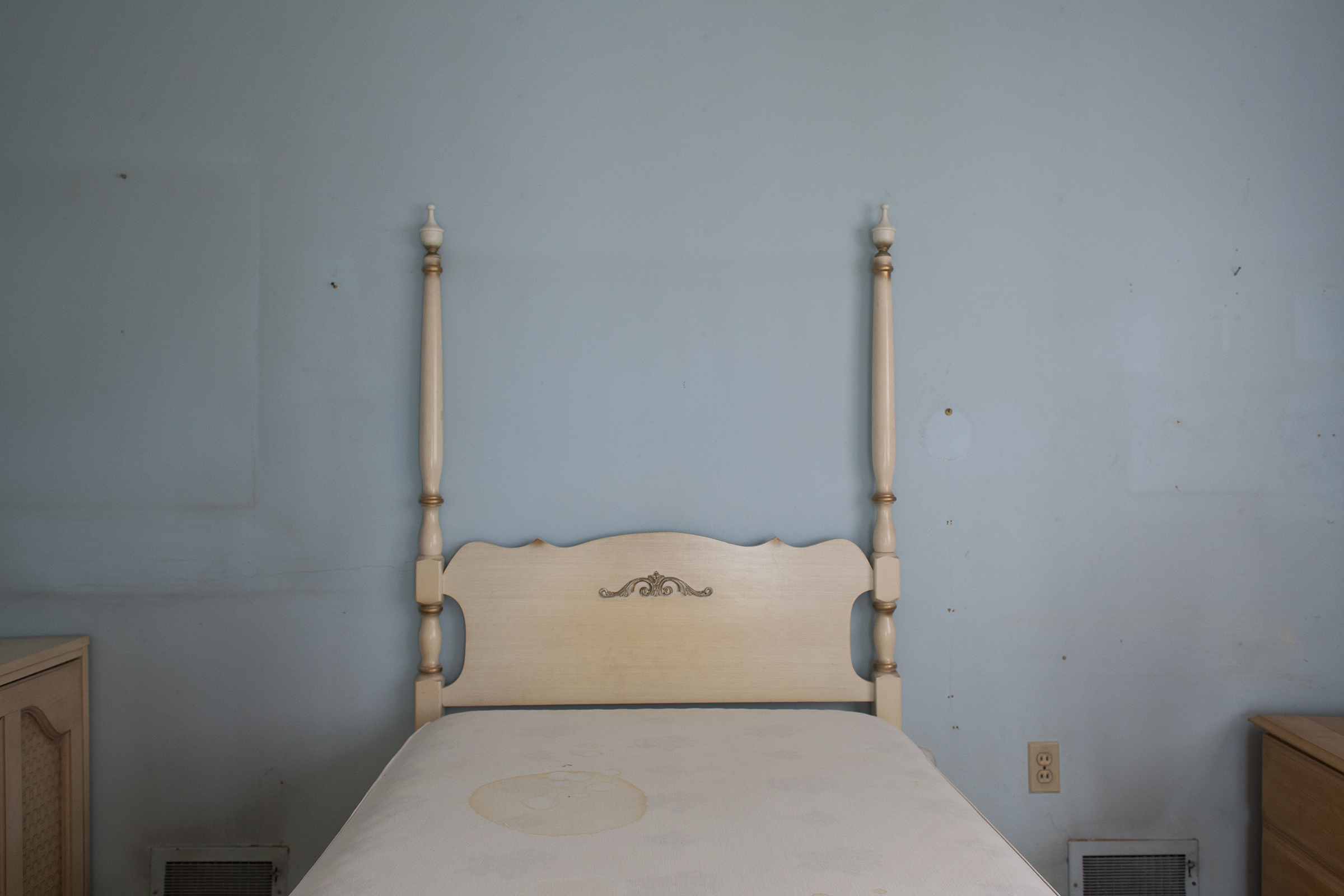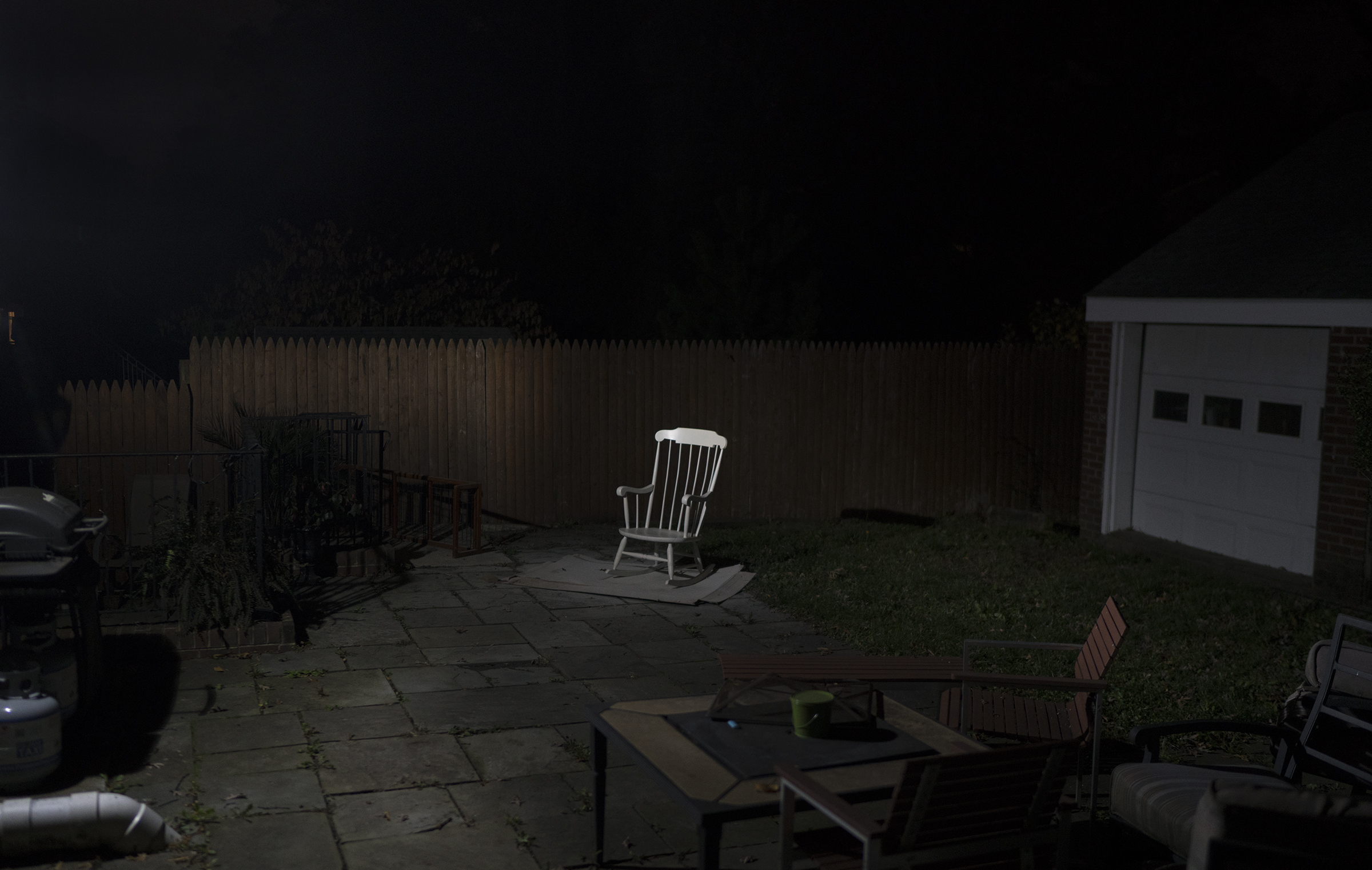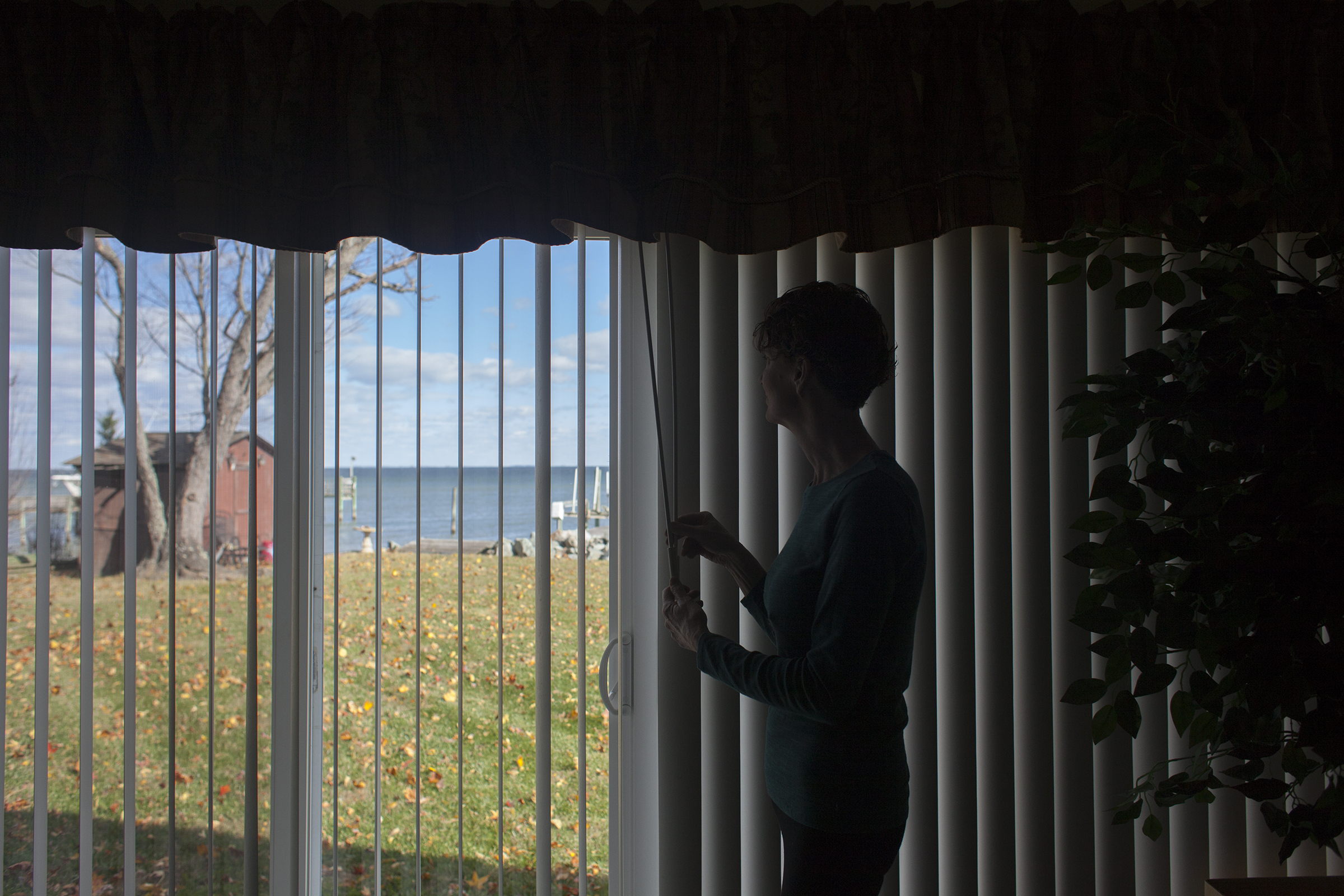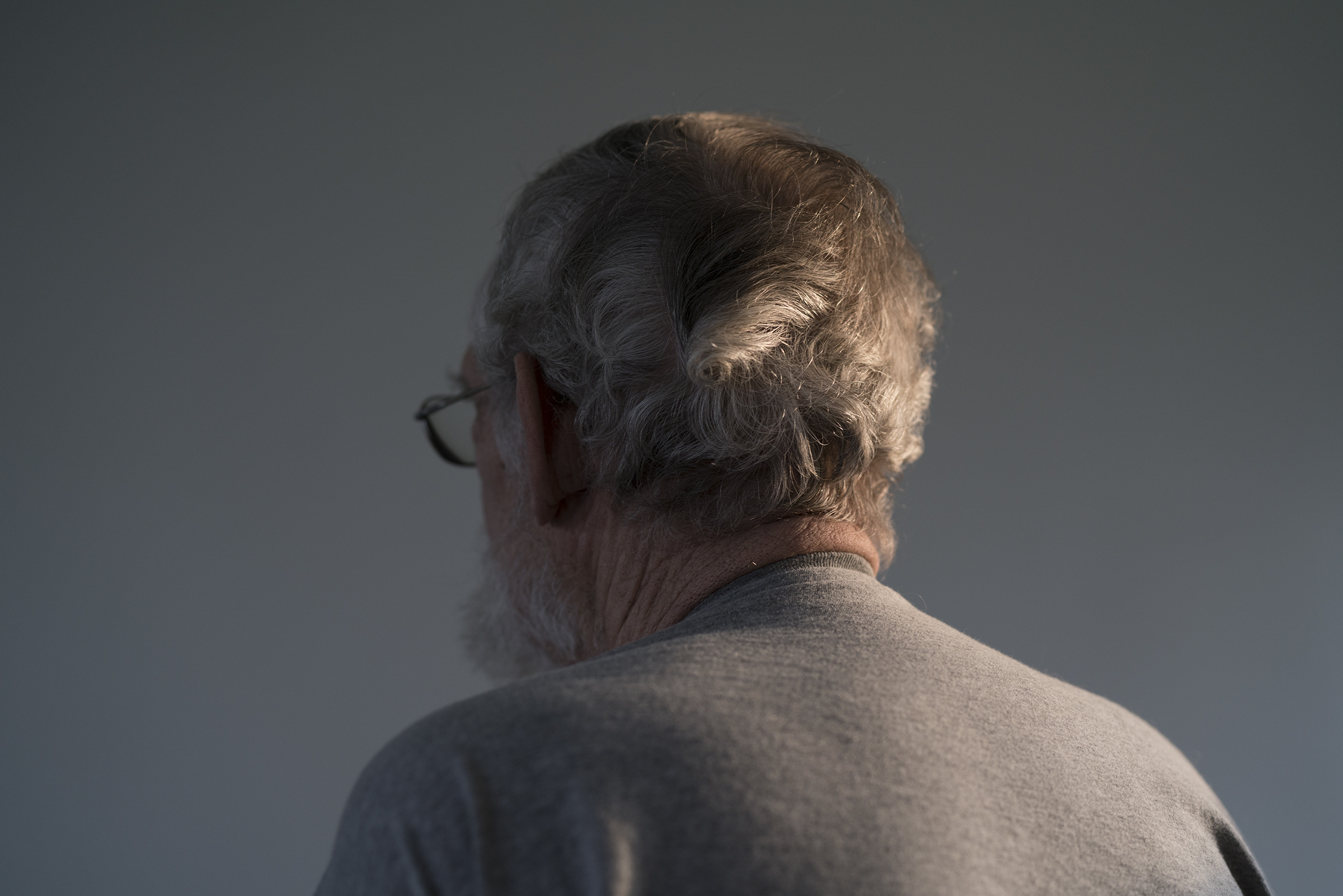Curtis Miller was born in Corsicana Texas in 1979. Growing up in Texas, Curtis relocated from Austin to Baltimore in 2011 to attend Maryland Institute College of Art's Hoffberger School of Painting (2013). He has exhibited his paintings throughout Texas at K Space Contemporary, Gaddis Geeslin Gallery, Joan Grona Gallery, The South Texas Art Museum, and the Art Center of Corpus Christi. In Baltimore, Curtis has exhibited his paintings at Terrault Contemporary, City Arts, Maryland Art Place, John Fonda Gallery, Jordan Faye Contemporary, and Platform Gallery. He also exhibited his work at Marianne Boesky Gallery and The Painting Center in NYC and is a previous Sondheim Prize semi-finalist. Curtis currently lives and works in Baltimore, MD with his wife, 5 year-old daughter, and 18 year-old dog.
Artist statement
Perhaps one of painting’s strongest qualities, separating it from other visual media, is the ability to incorporate texture, to insinuate touch. It is this haptic quality that further emphasizes the value of its presence and the value of our being present. My paintings are as much built as they are painted. I think of them as stages that allow paint to exist in different contexts. The majority of my content/imagery is developed during the building of the ground using marble dust gesso tinted with dispersion pigment. Building a ground can take weeks to finish. The painting process is typically much faster. Sometimes the paint further supports/participates in the composition; Sometimes there are places designated simply for paint to be paint. I want the viewer to be rewarded for their time spent looking at my work, and especially for moving closer. I want my work to convey to the viewer the process of making itself, and perhaps suggest they, too, could participate.




